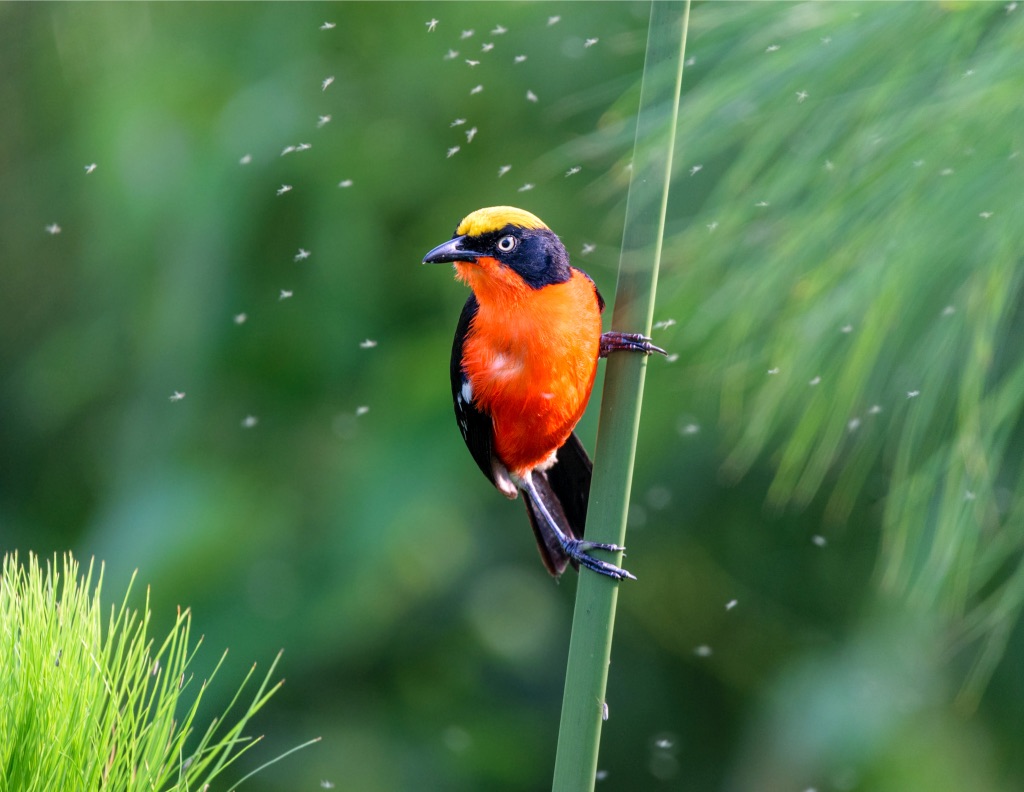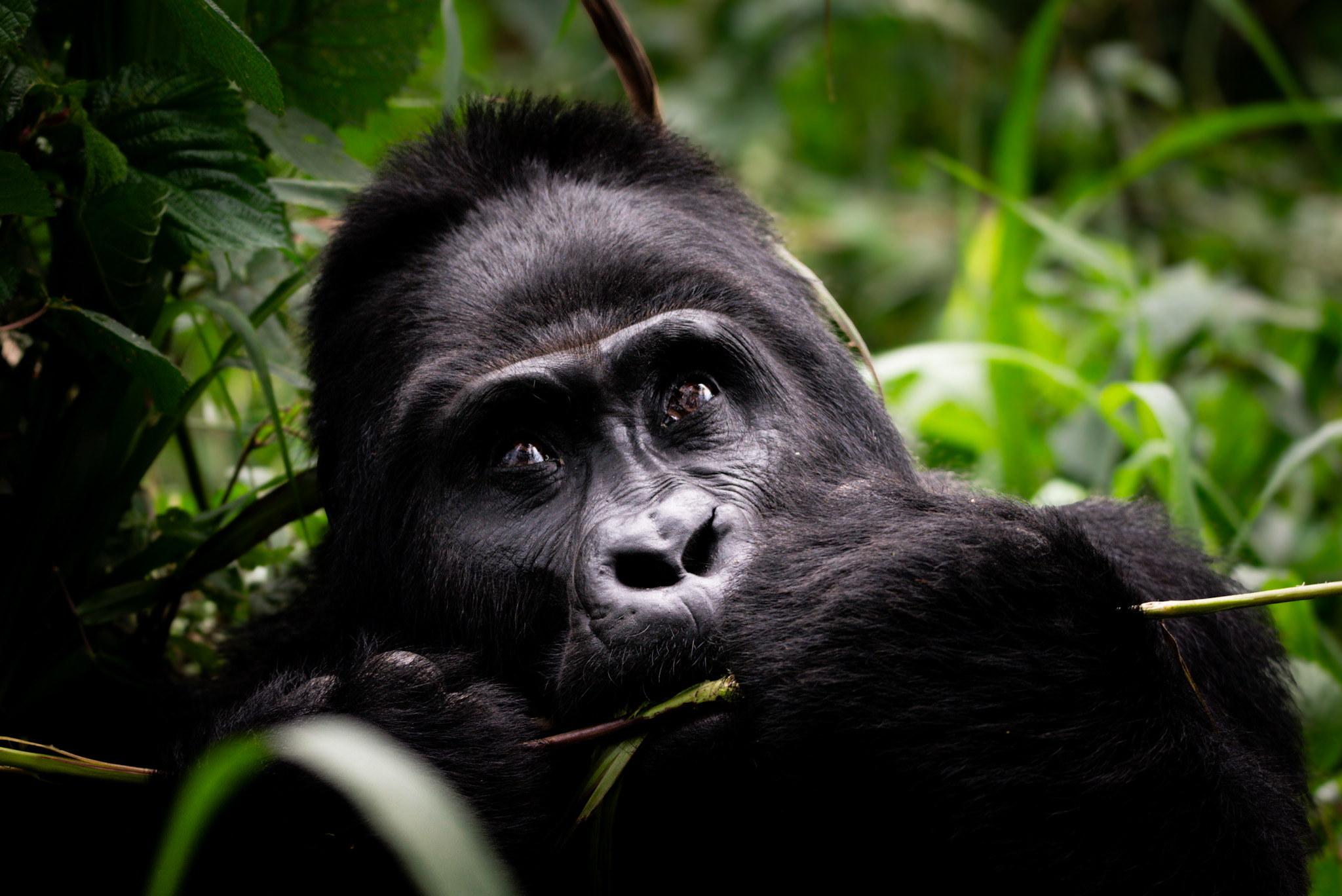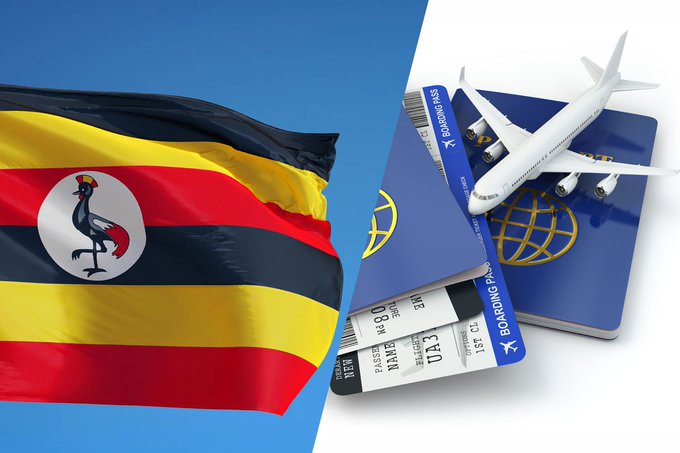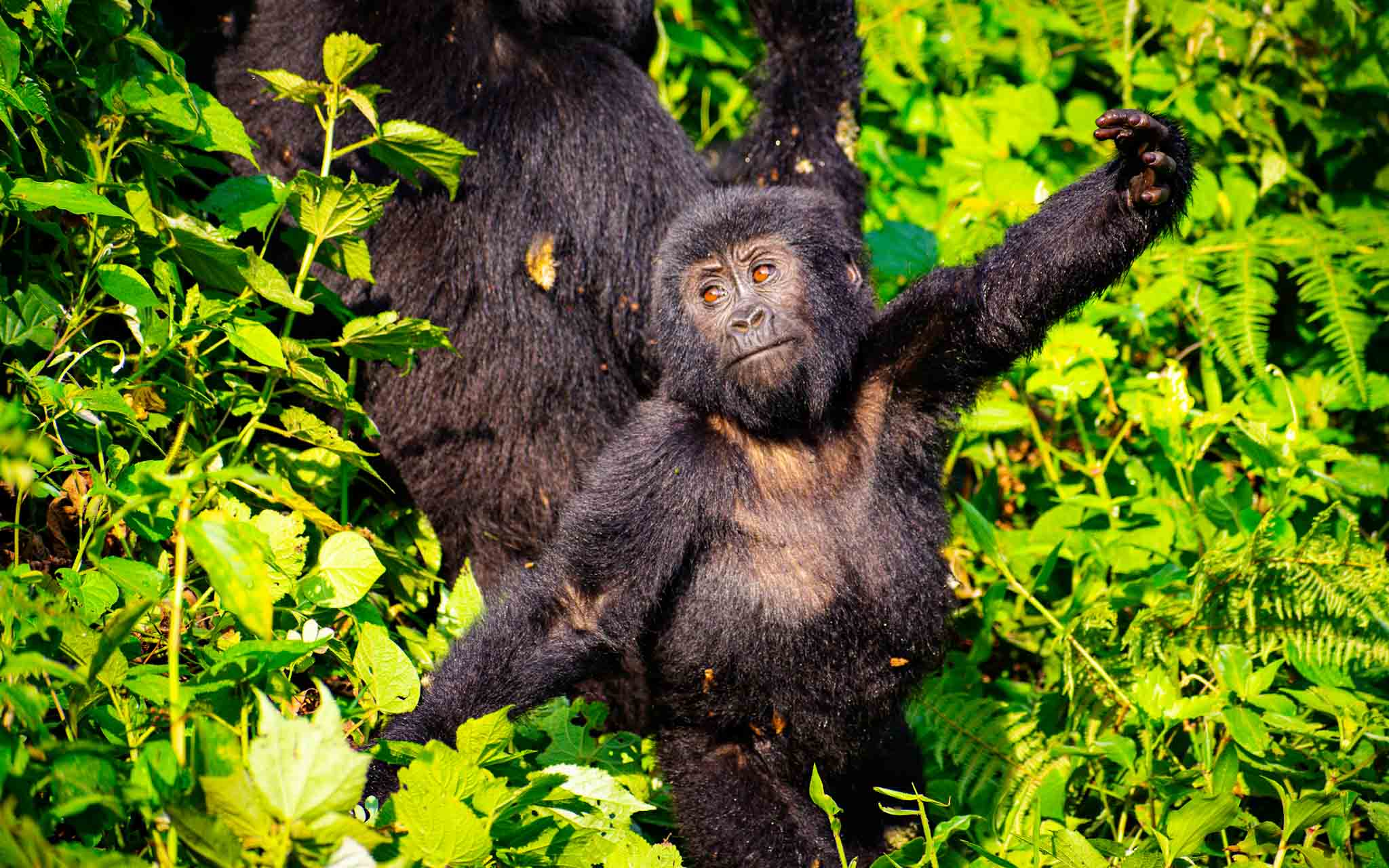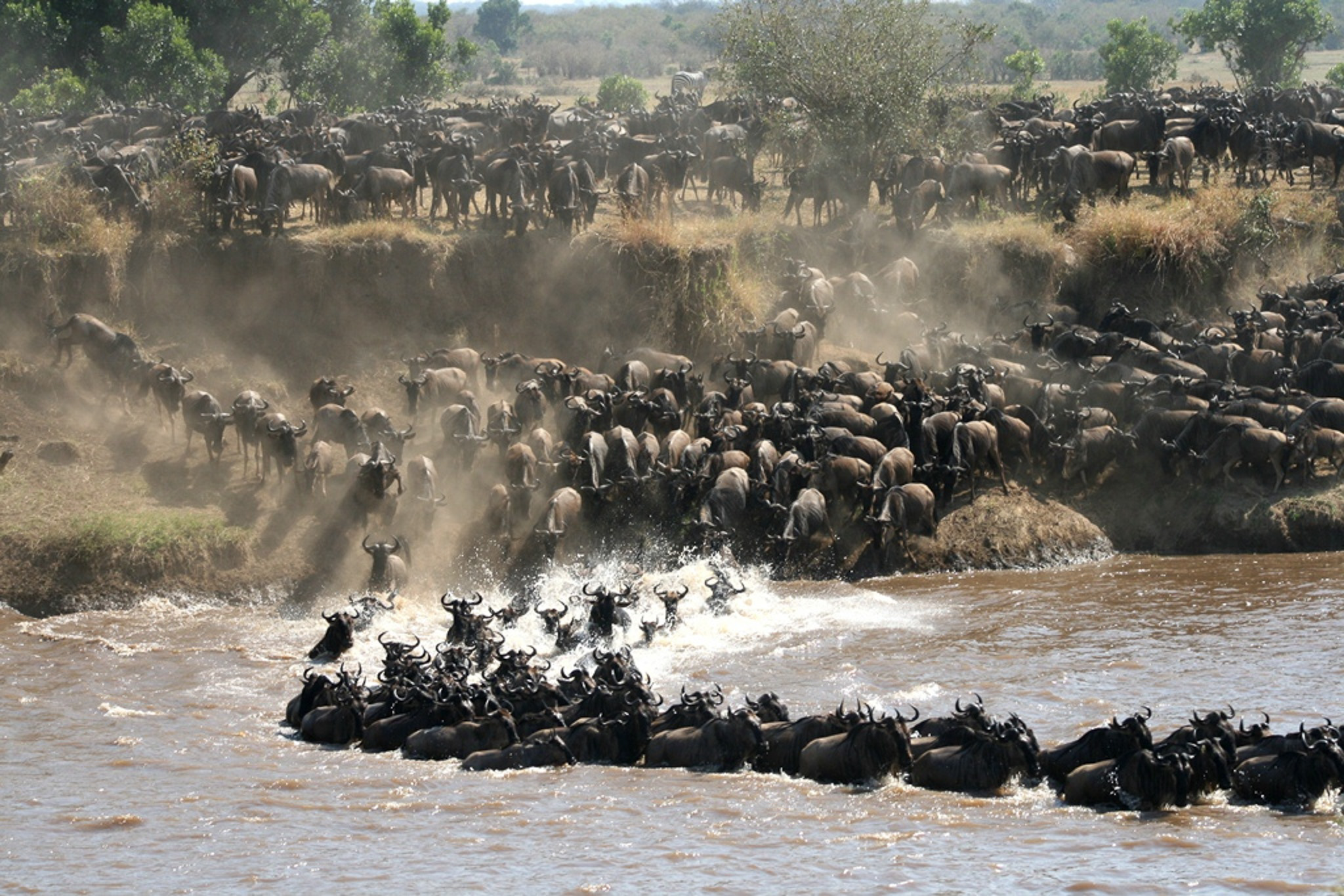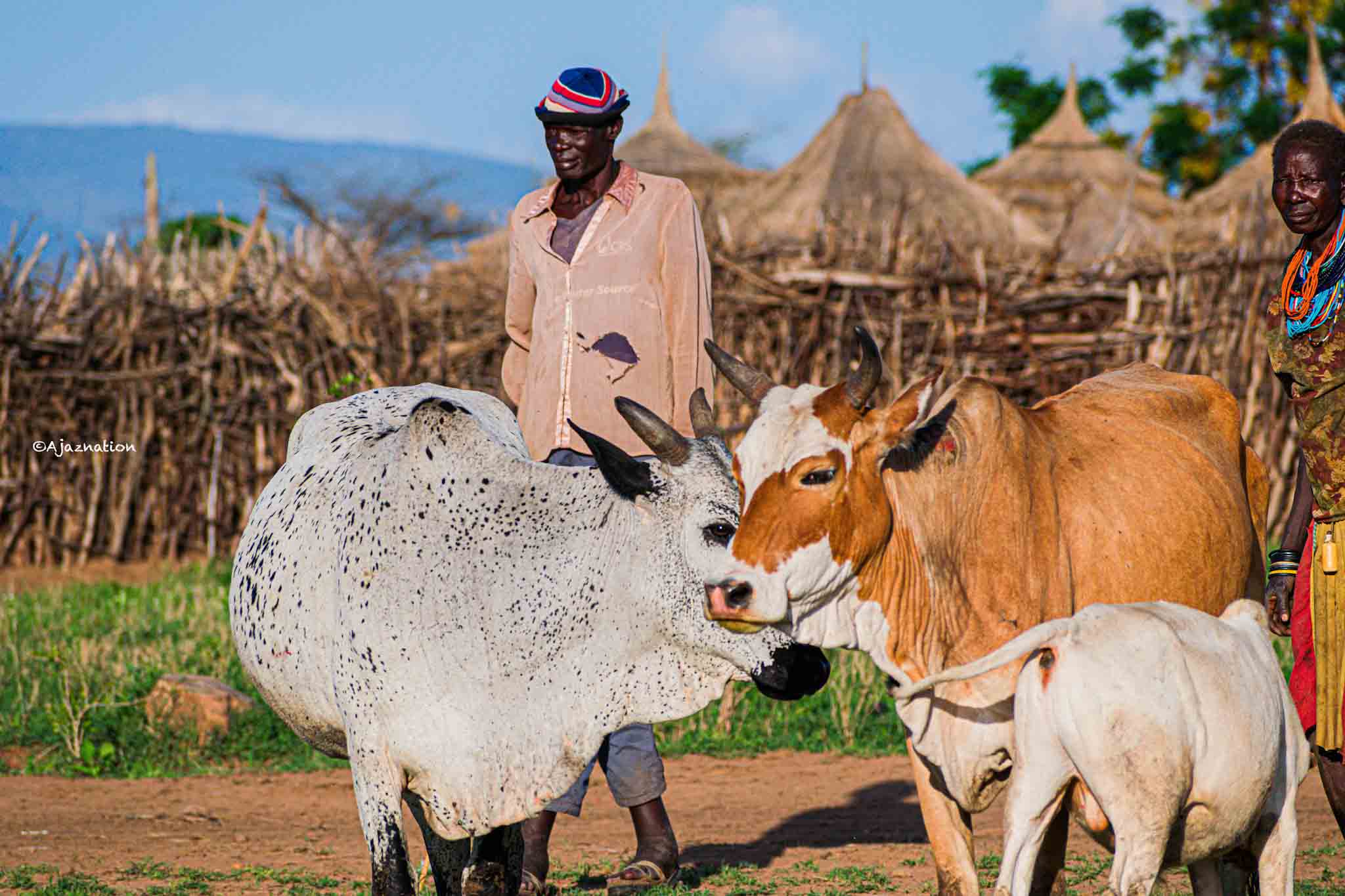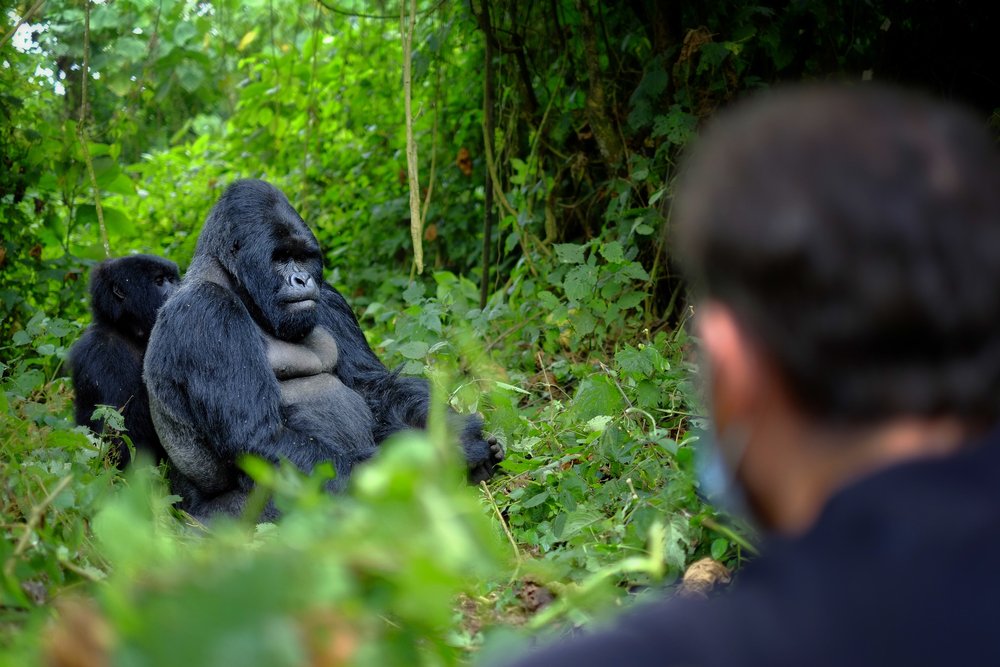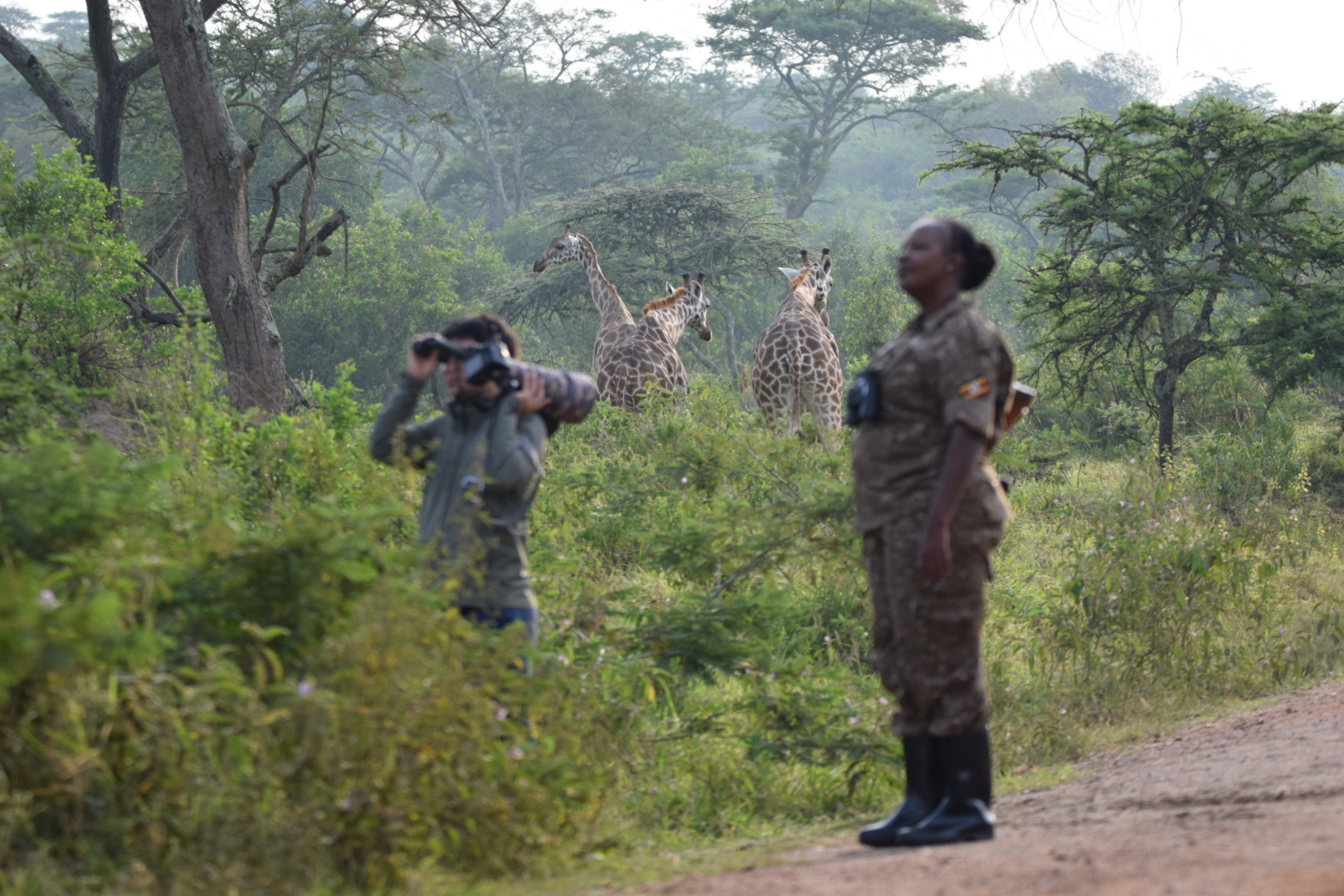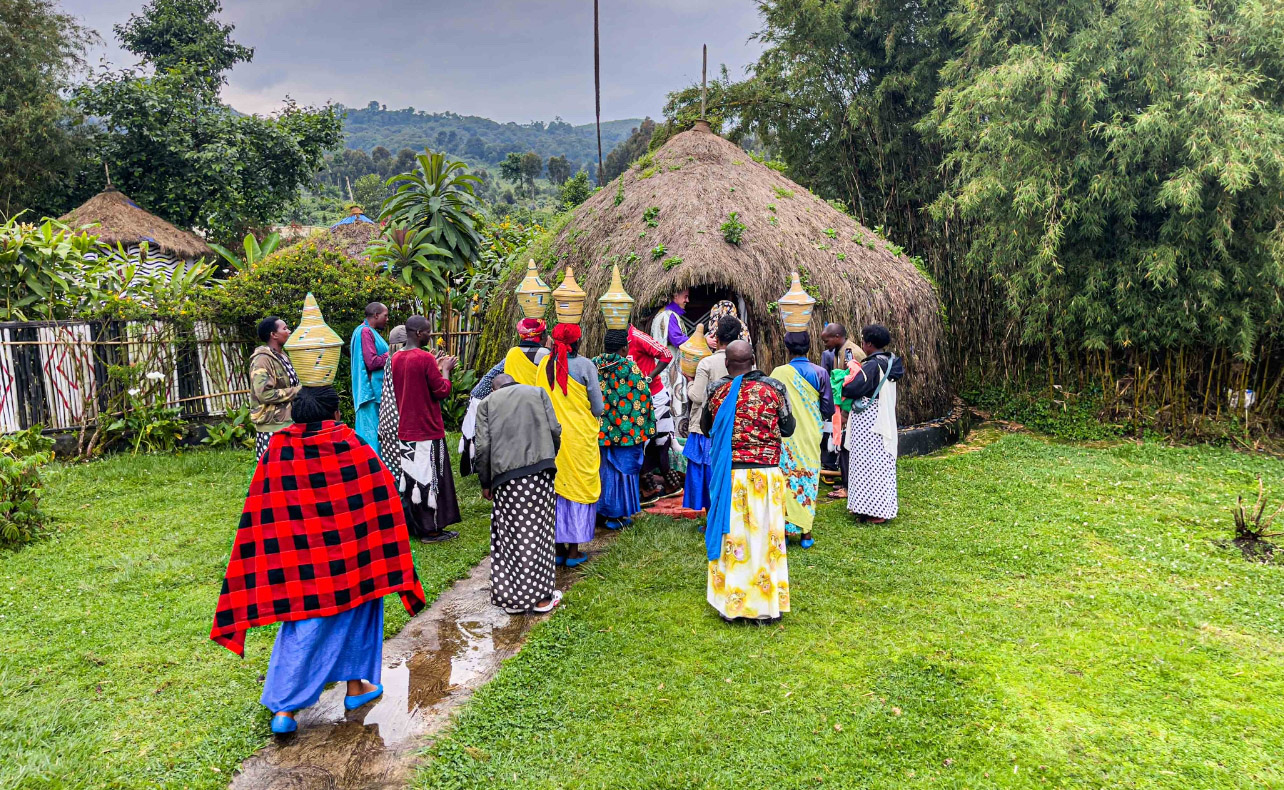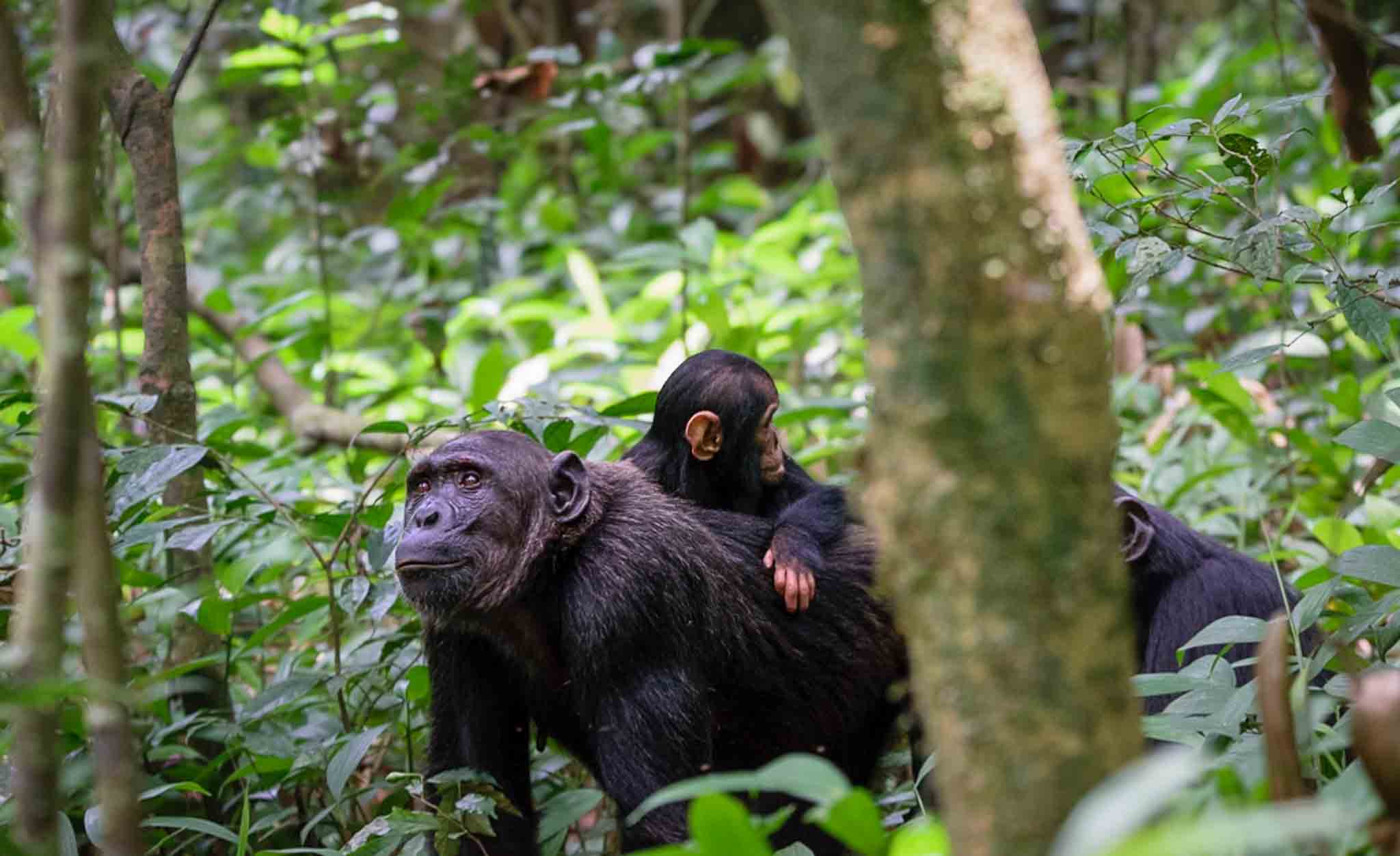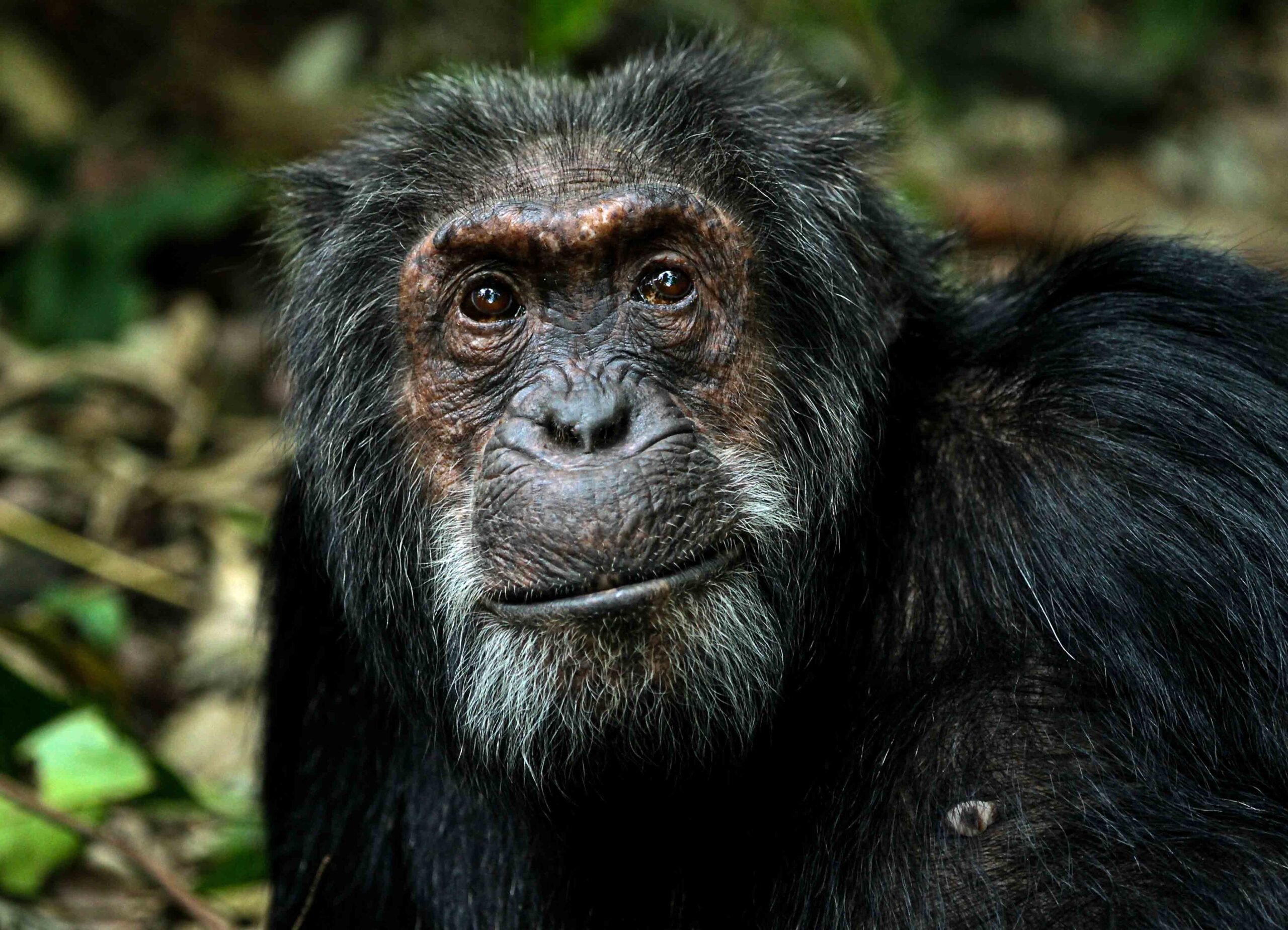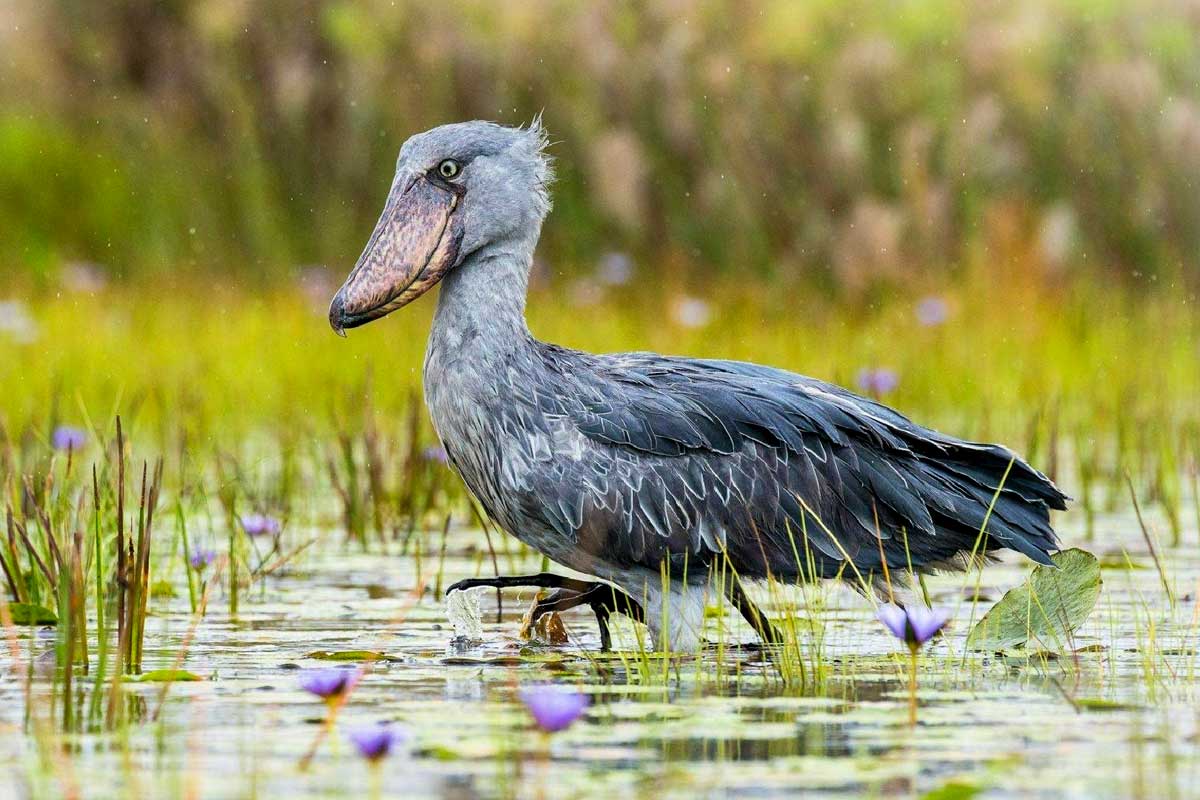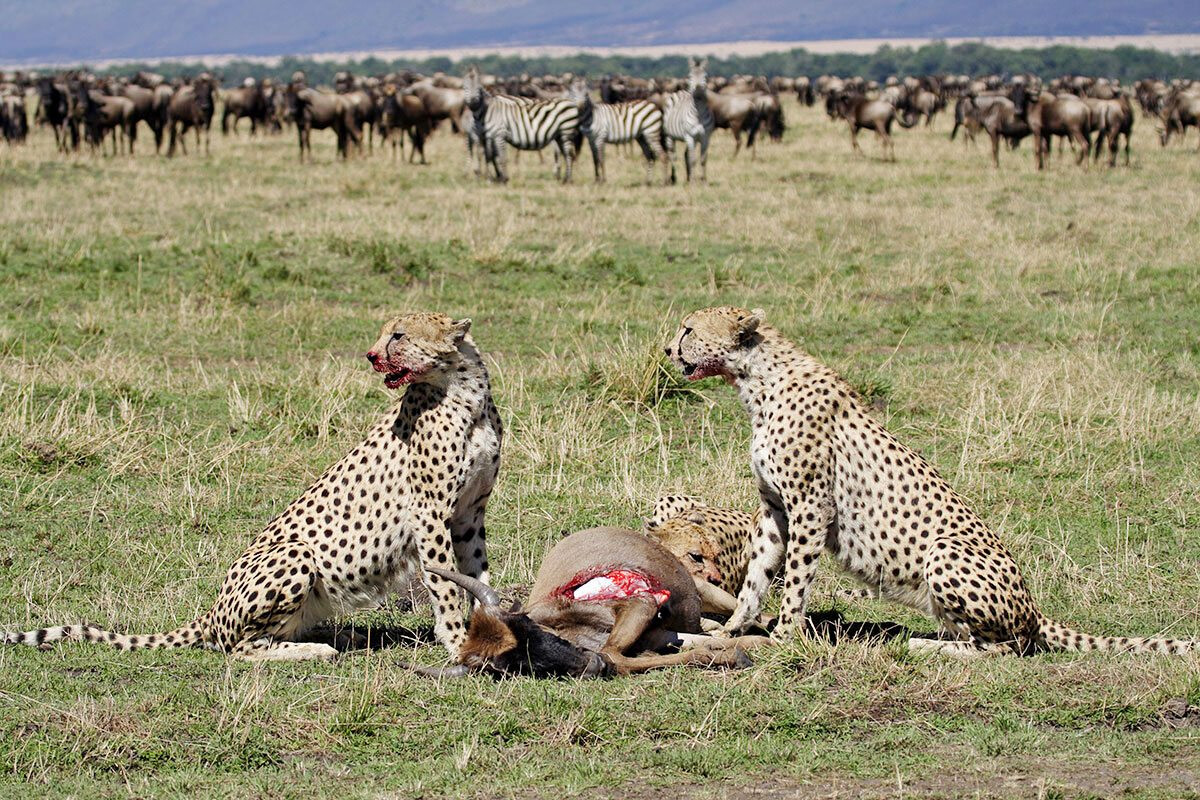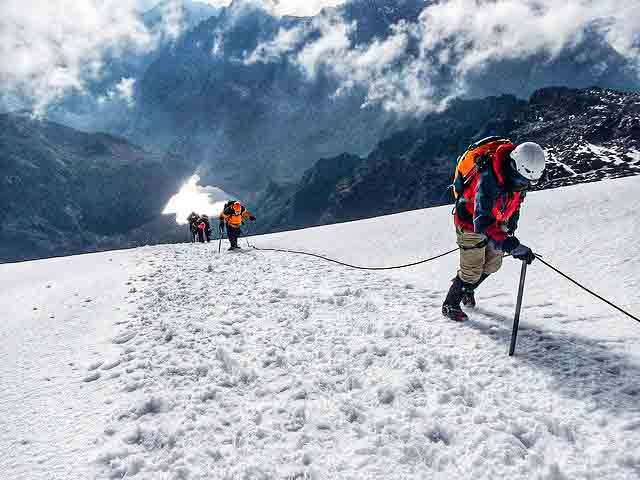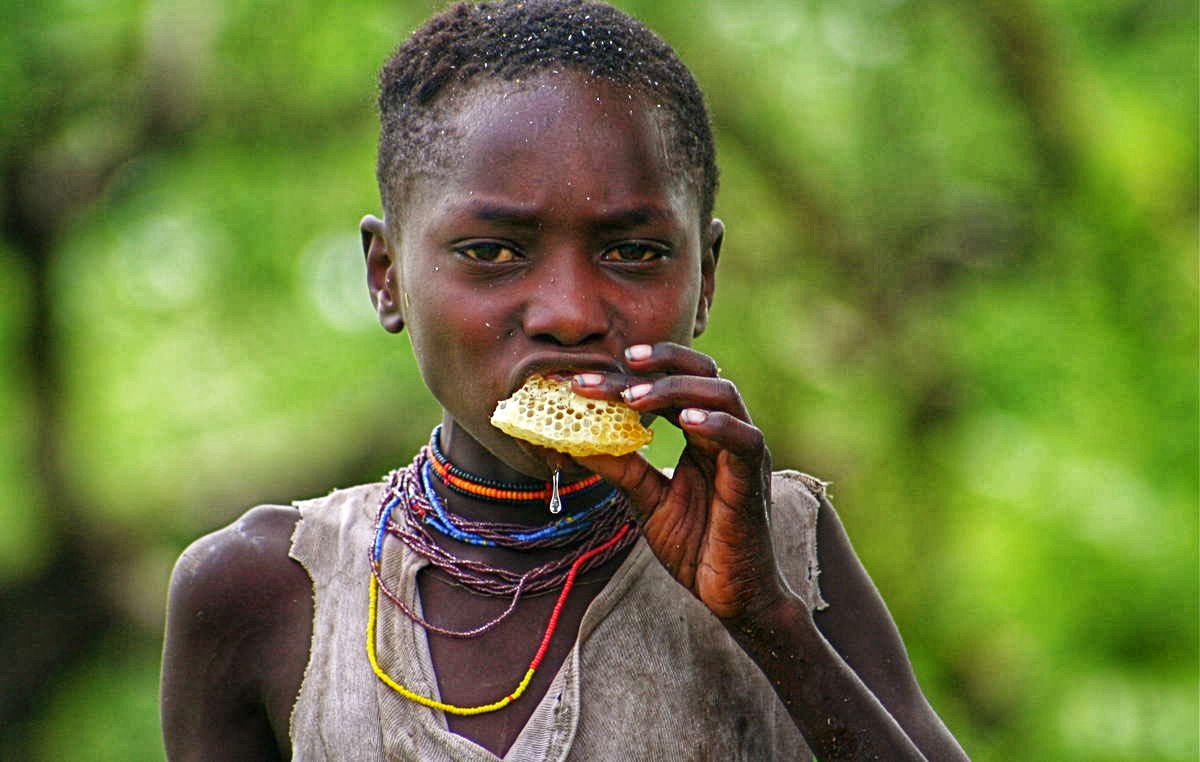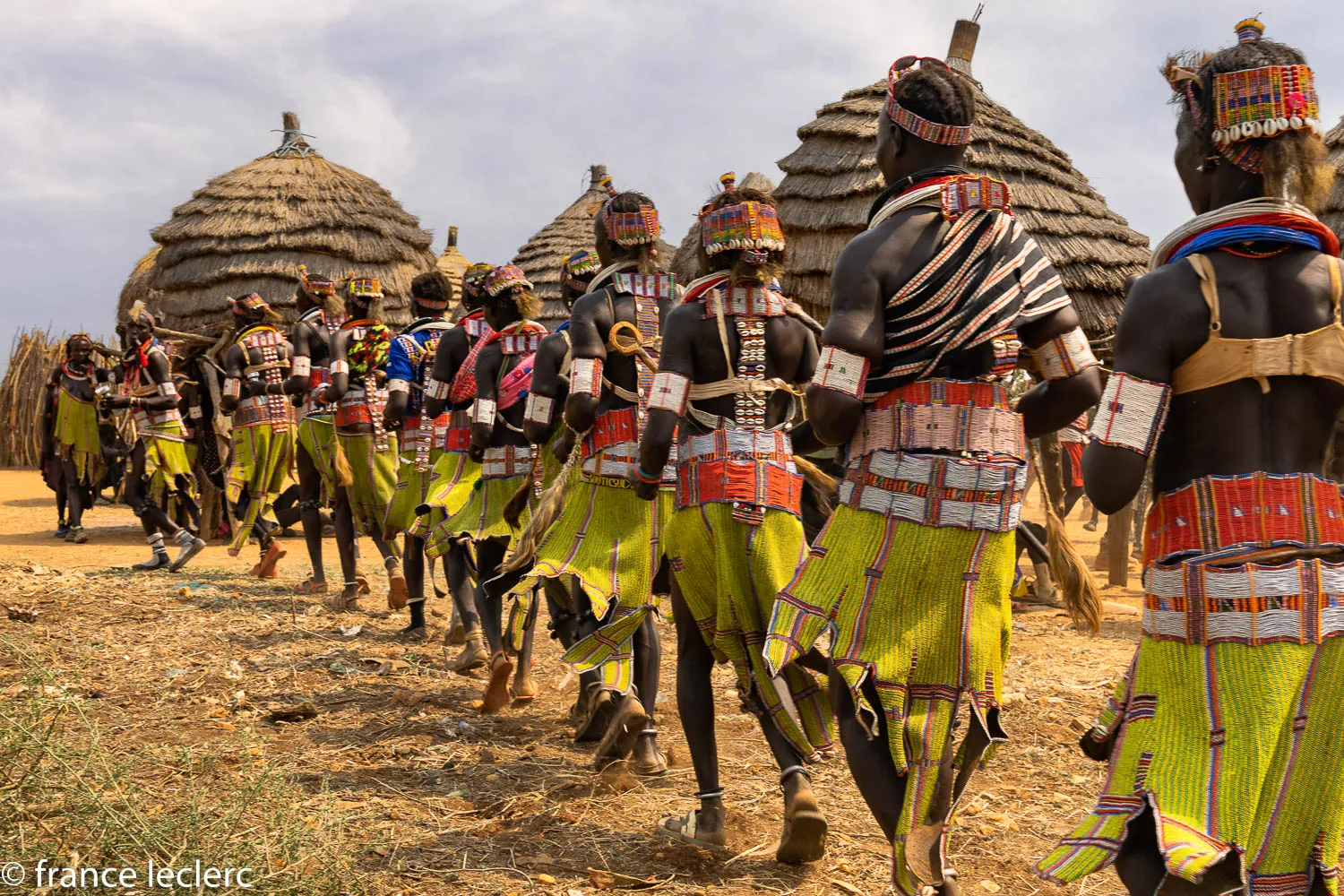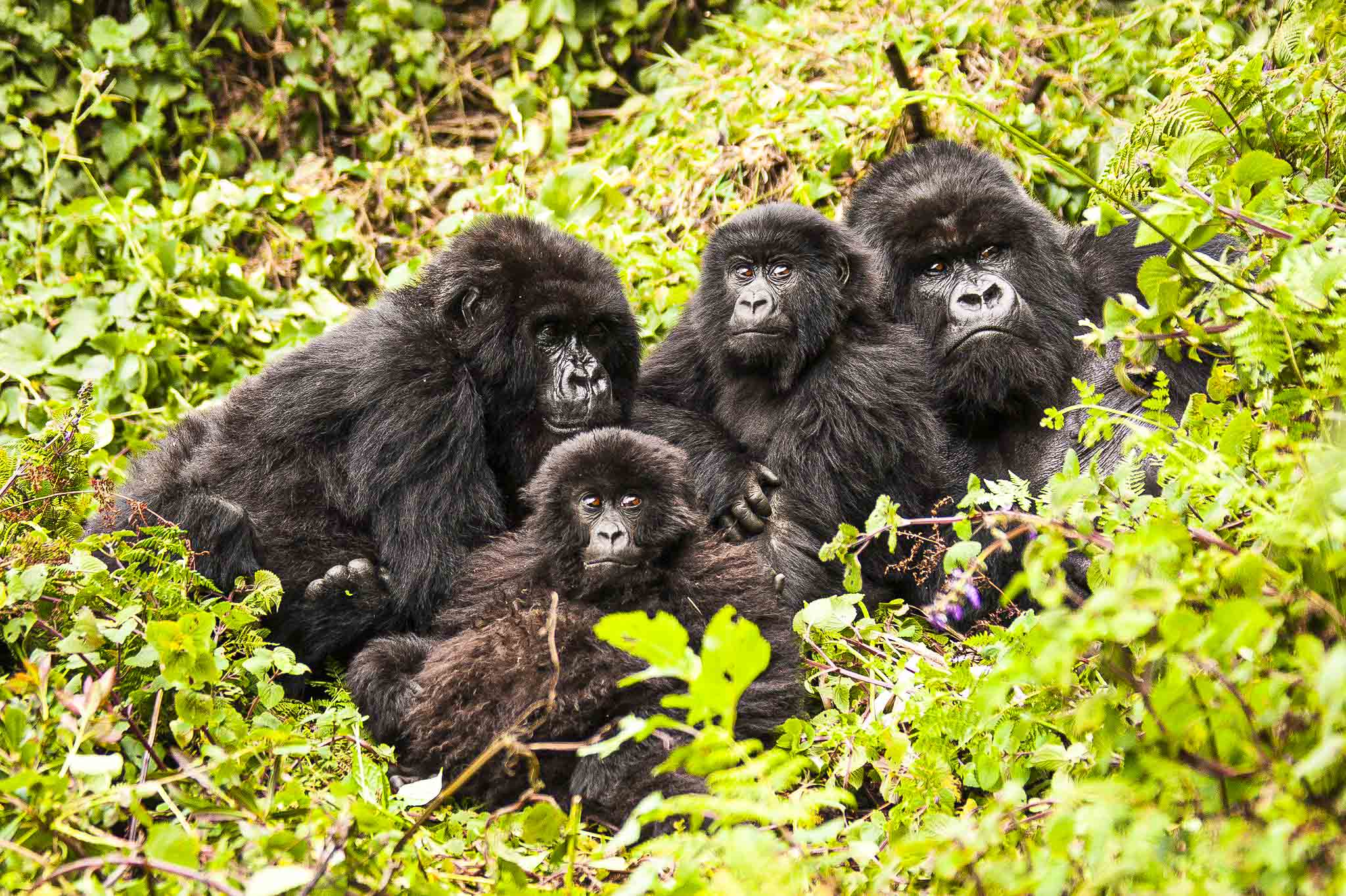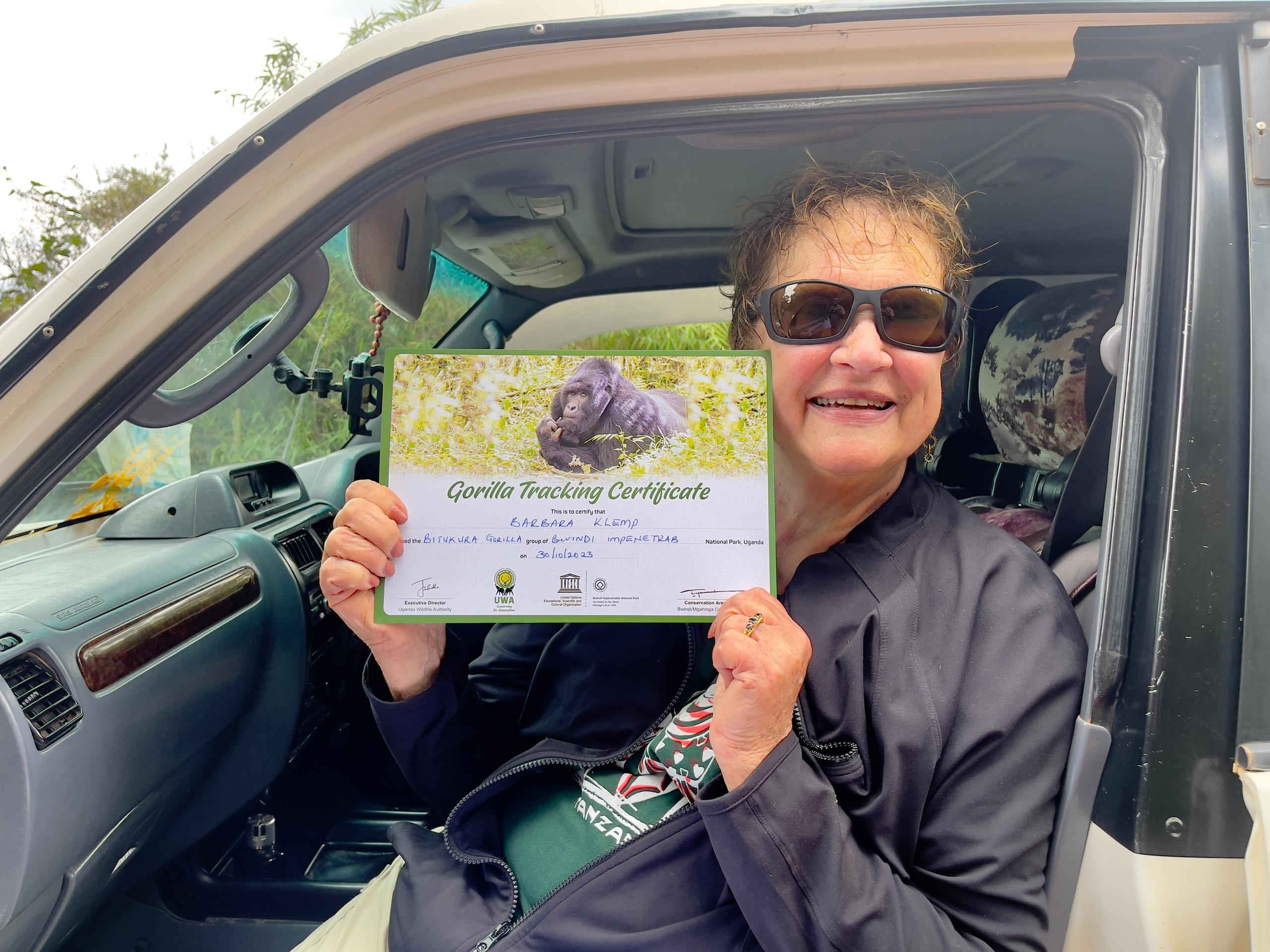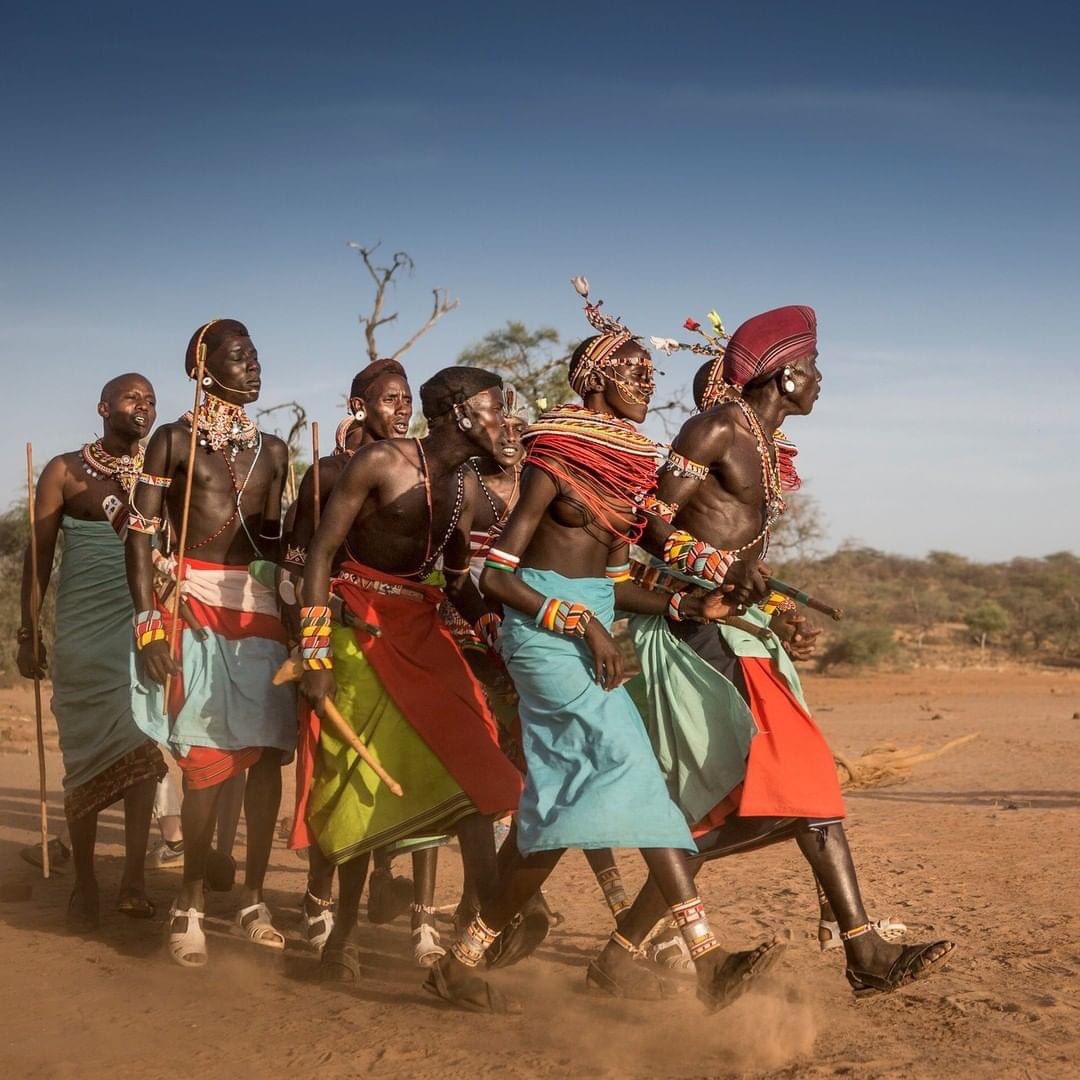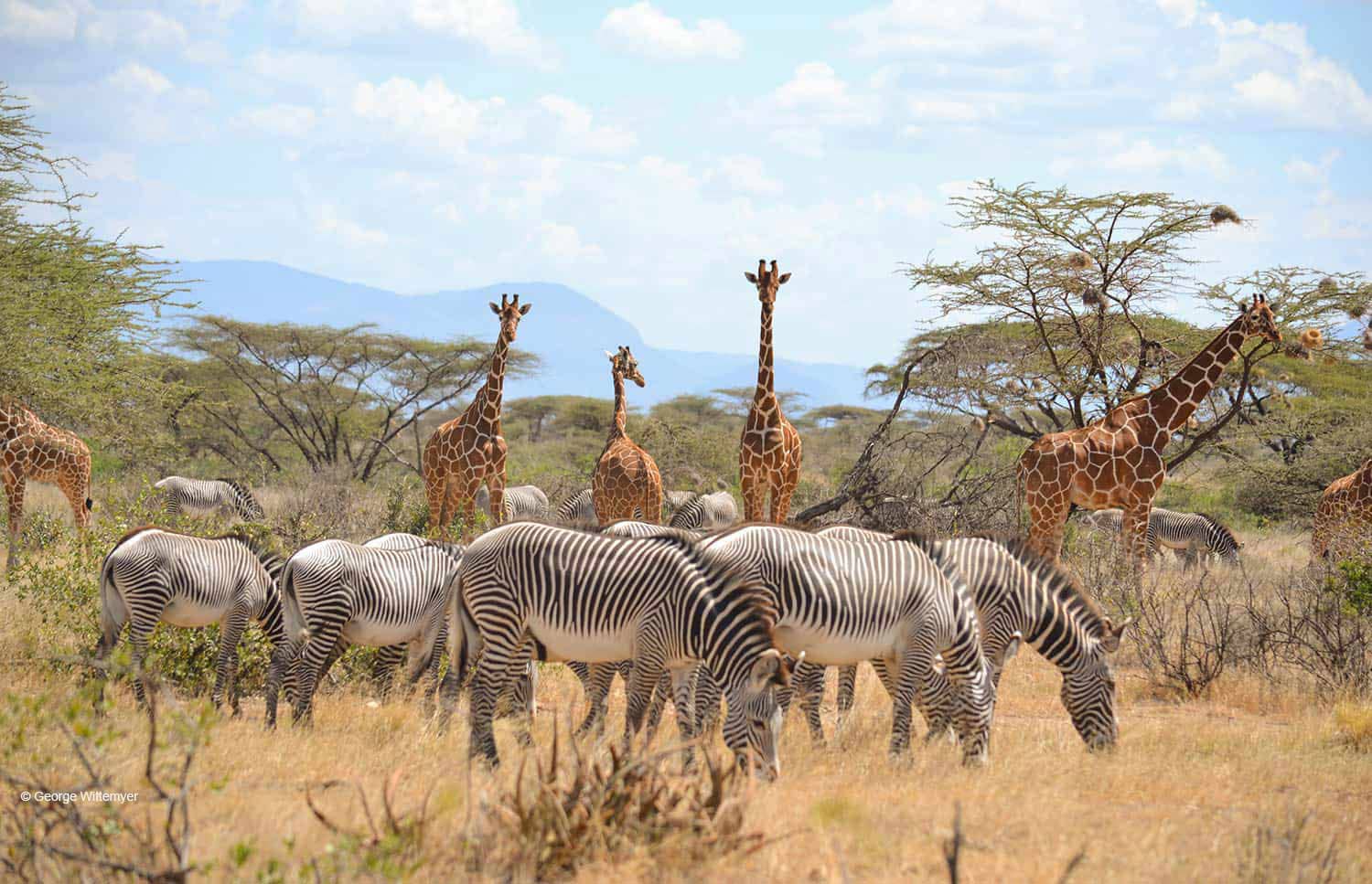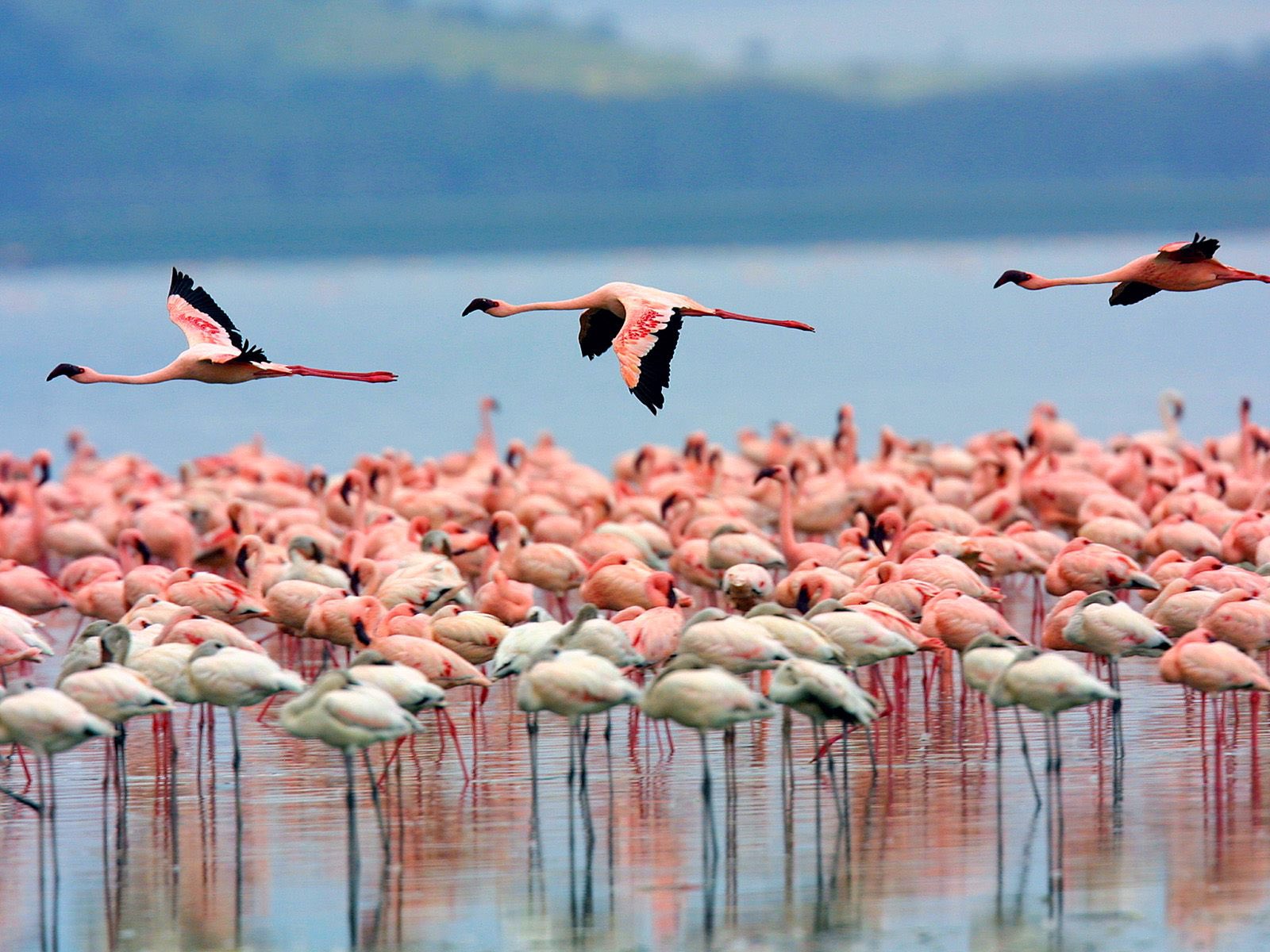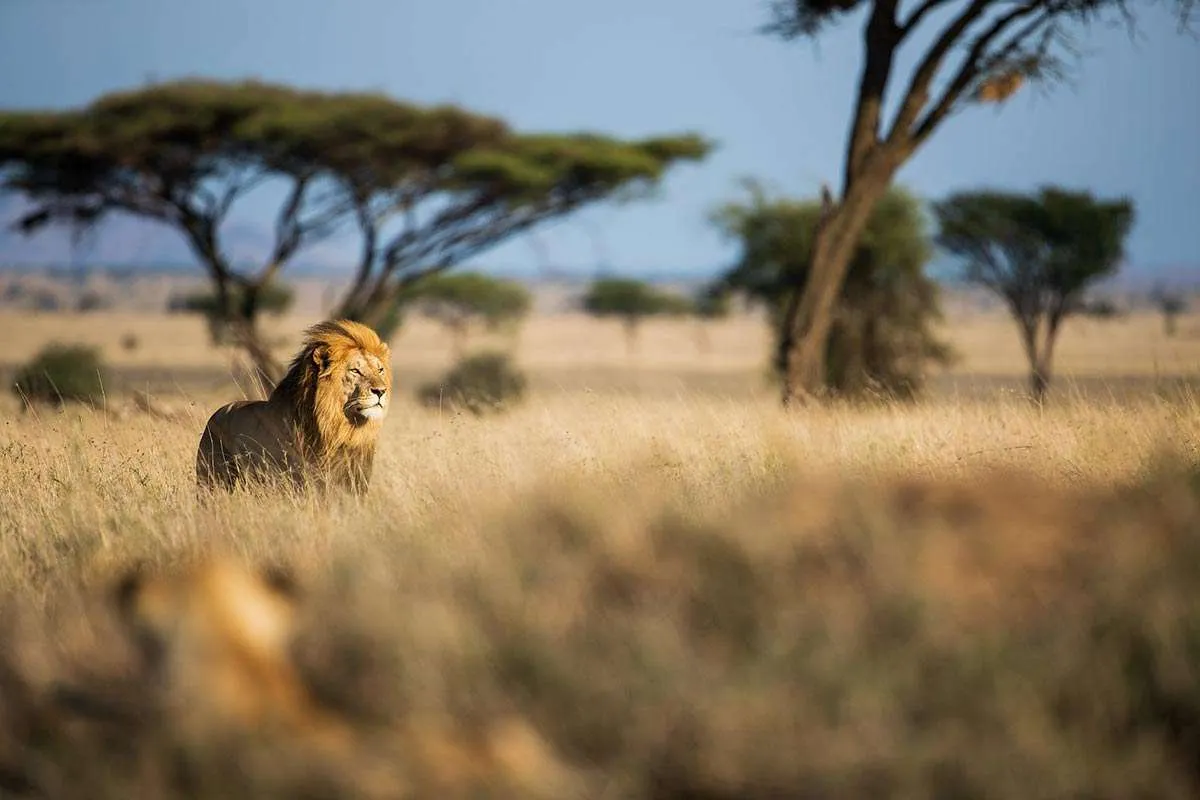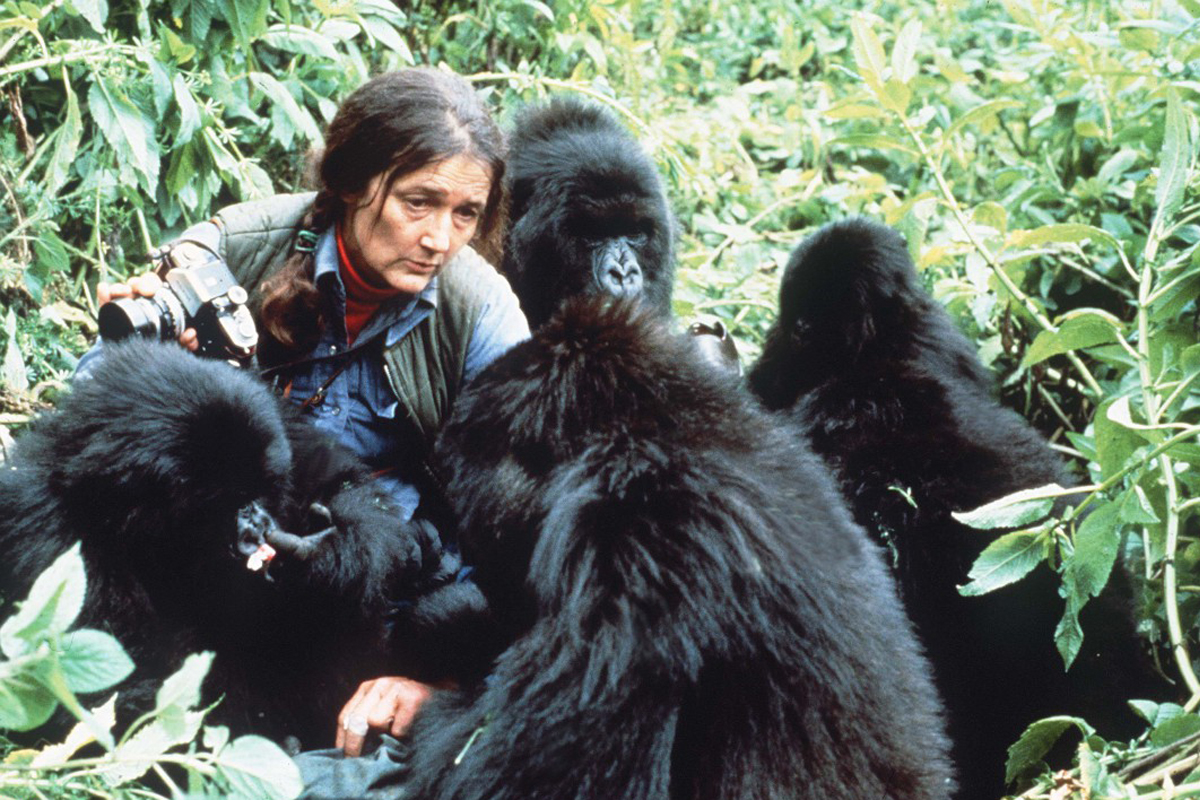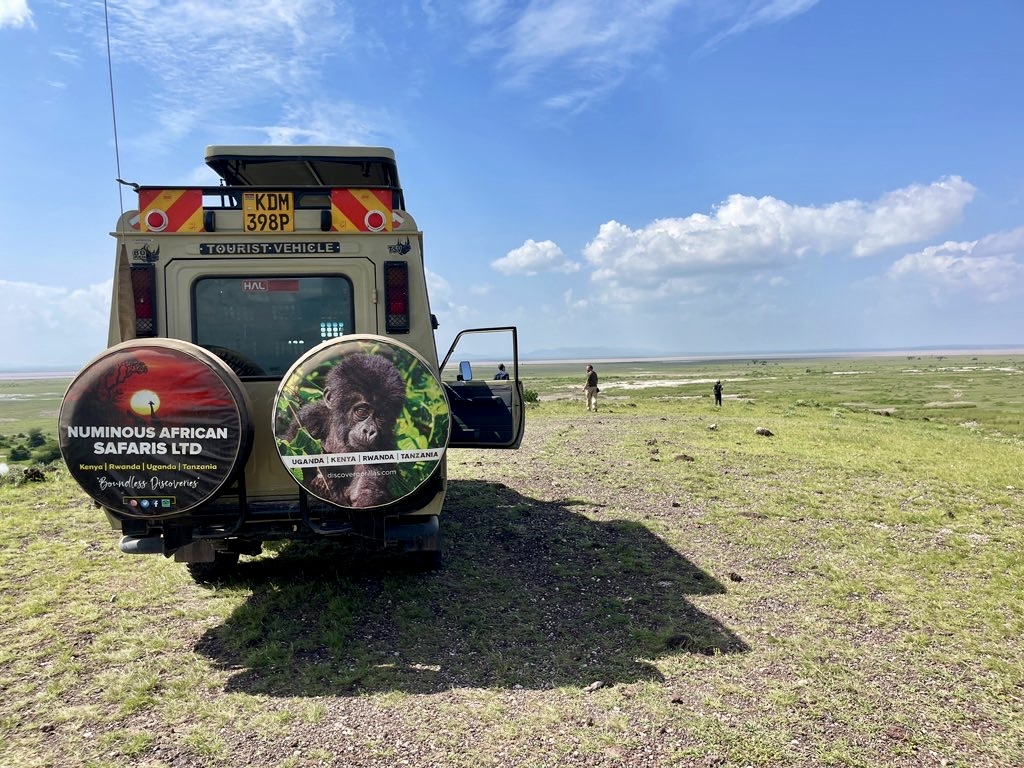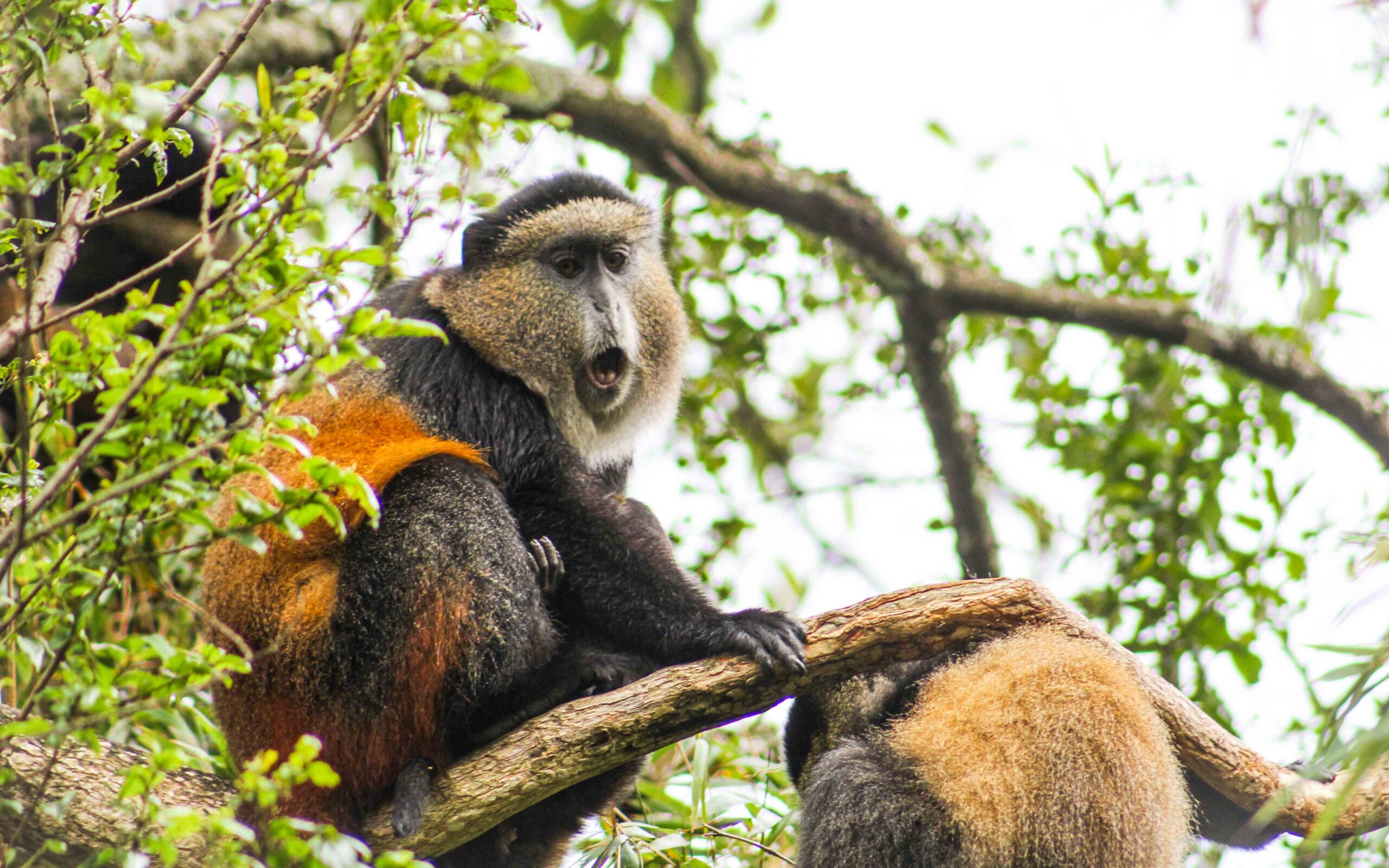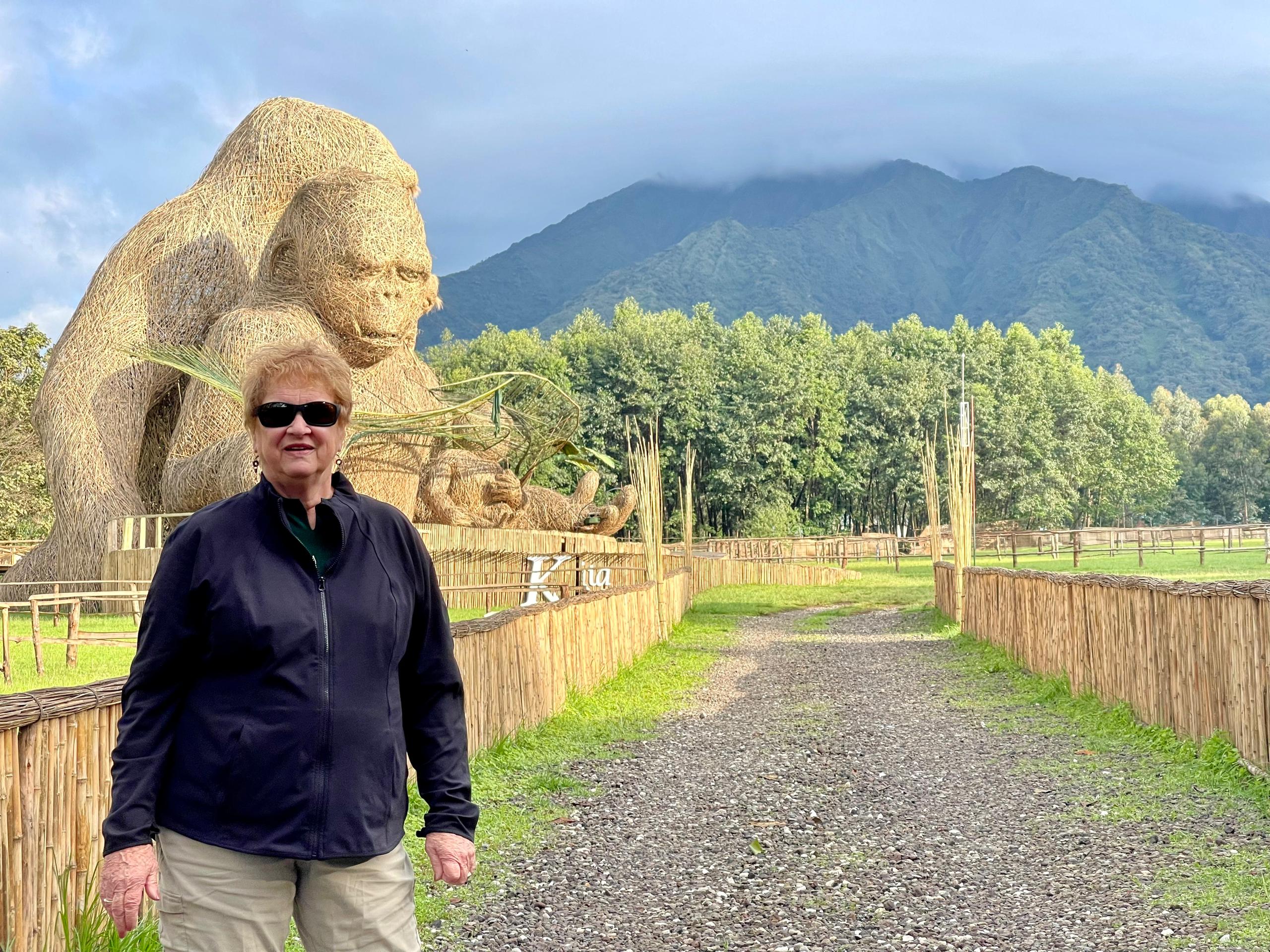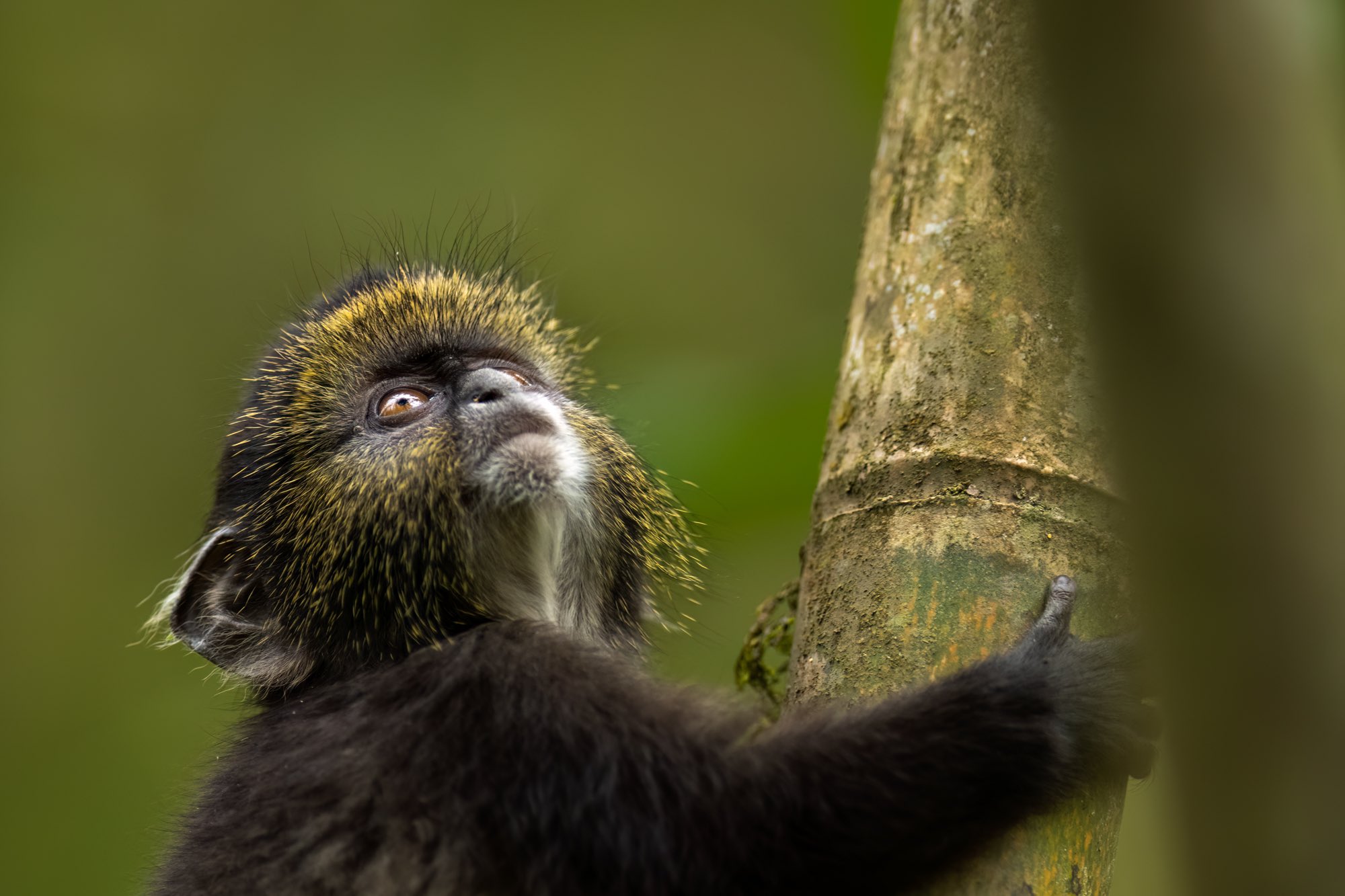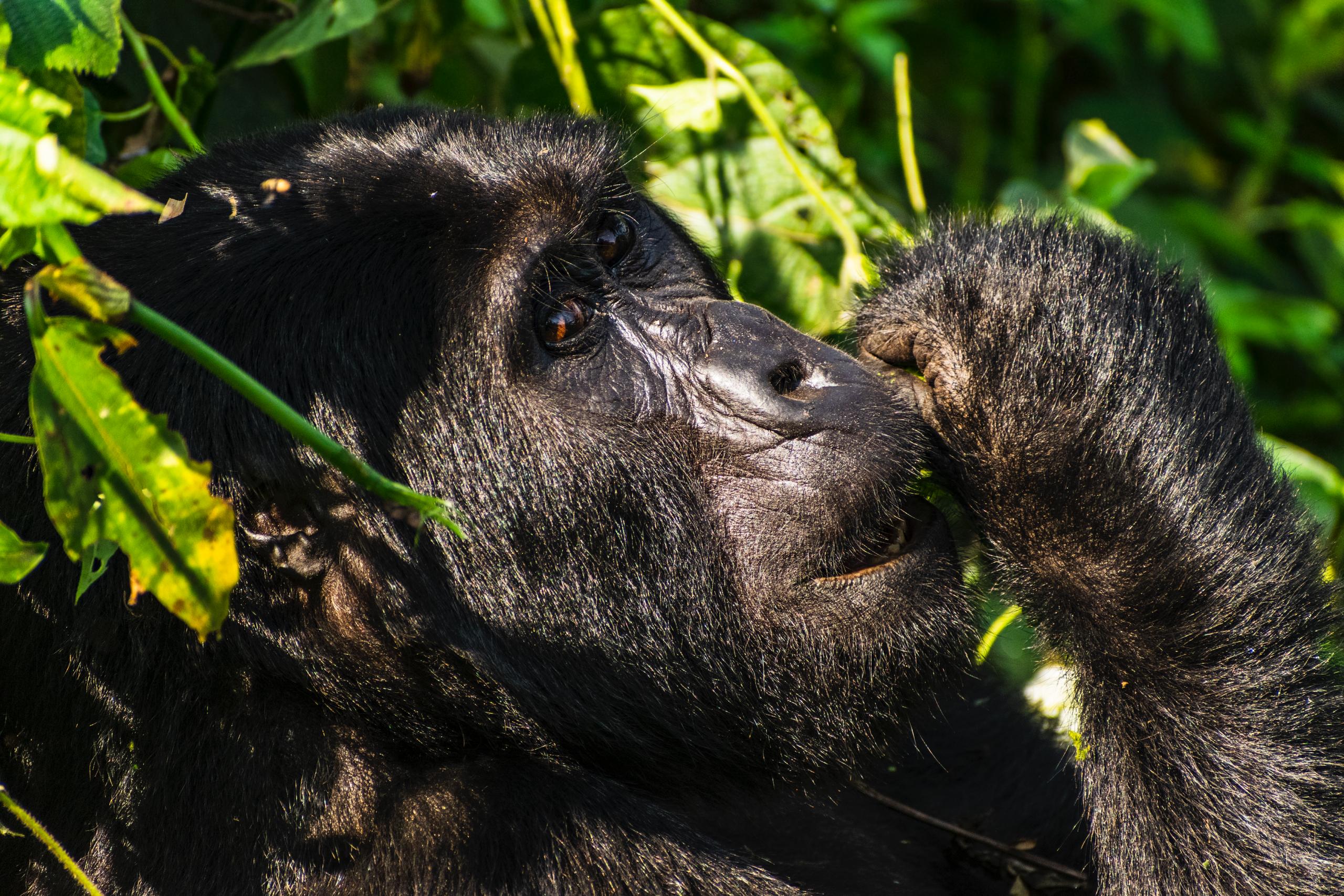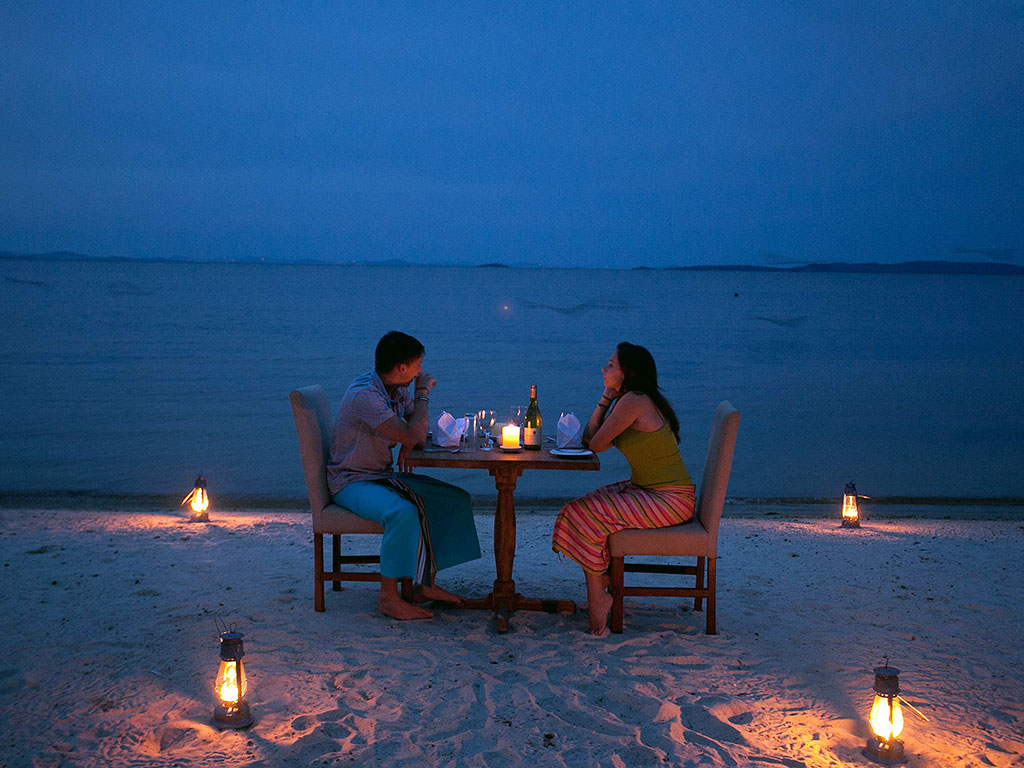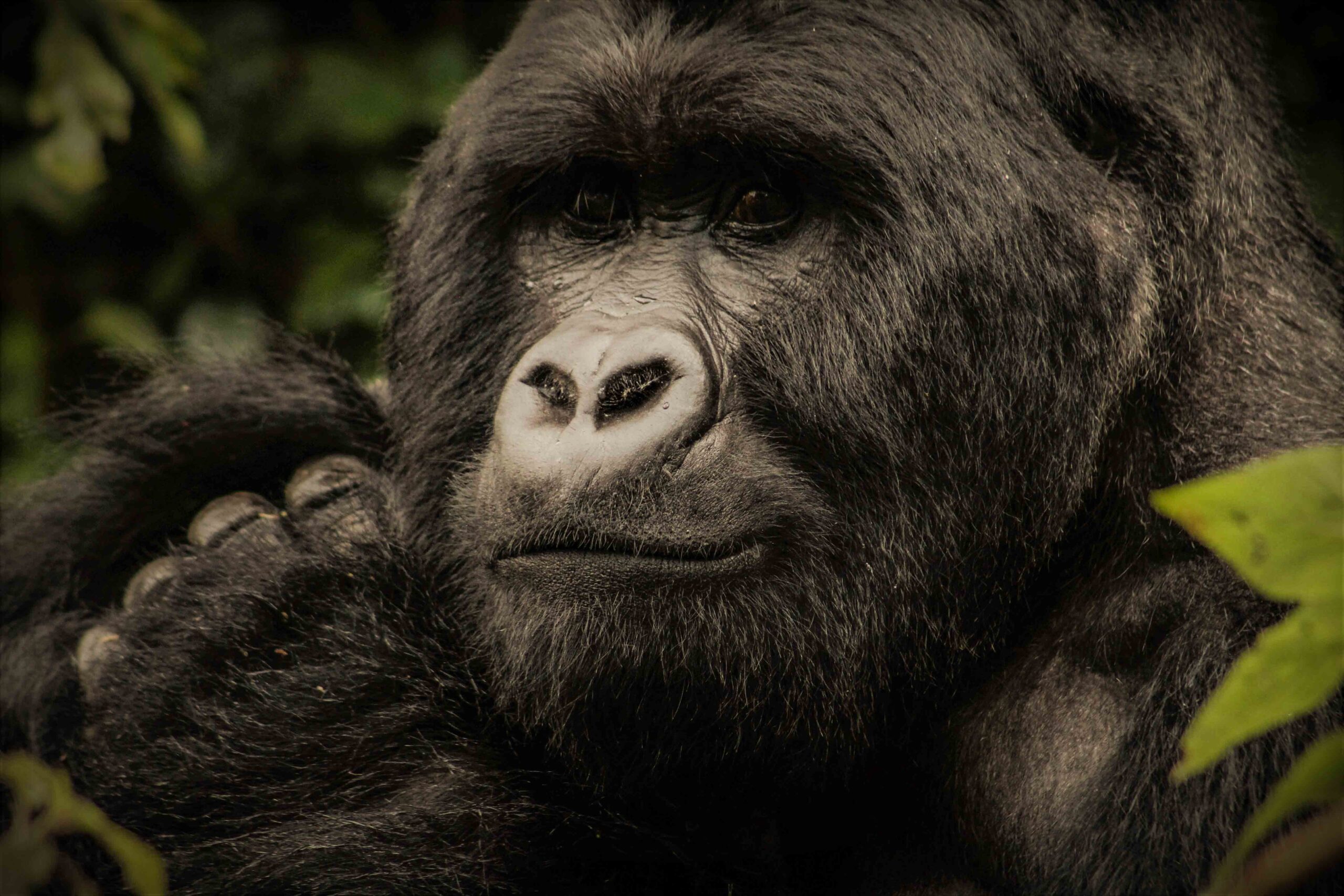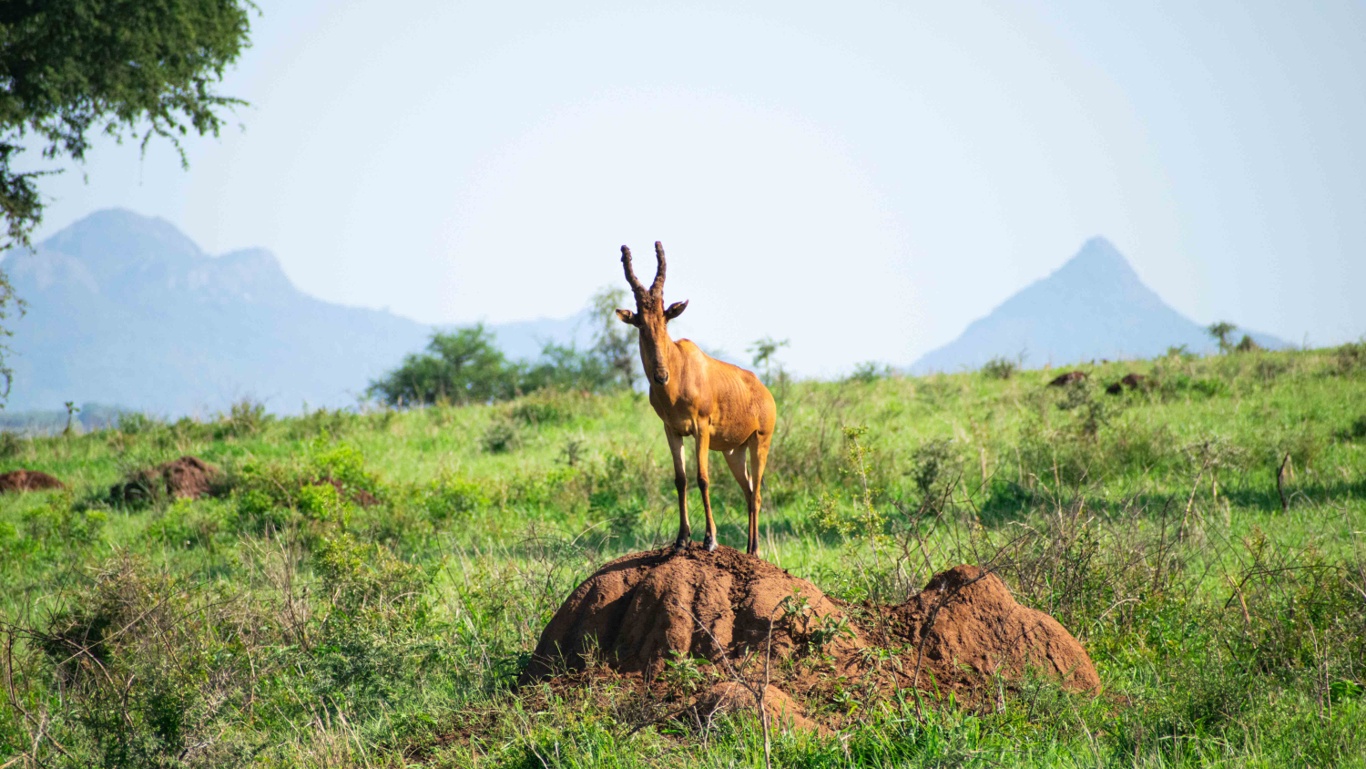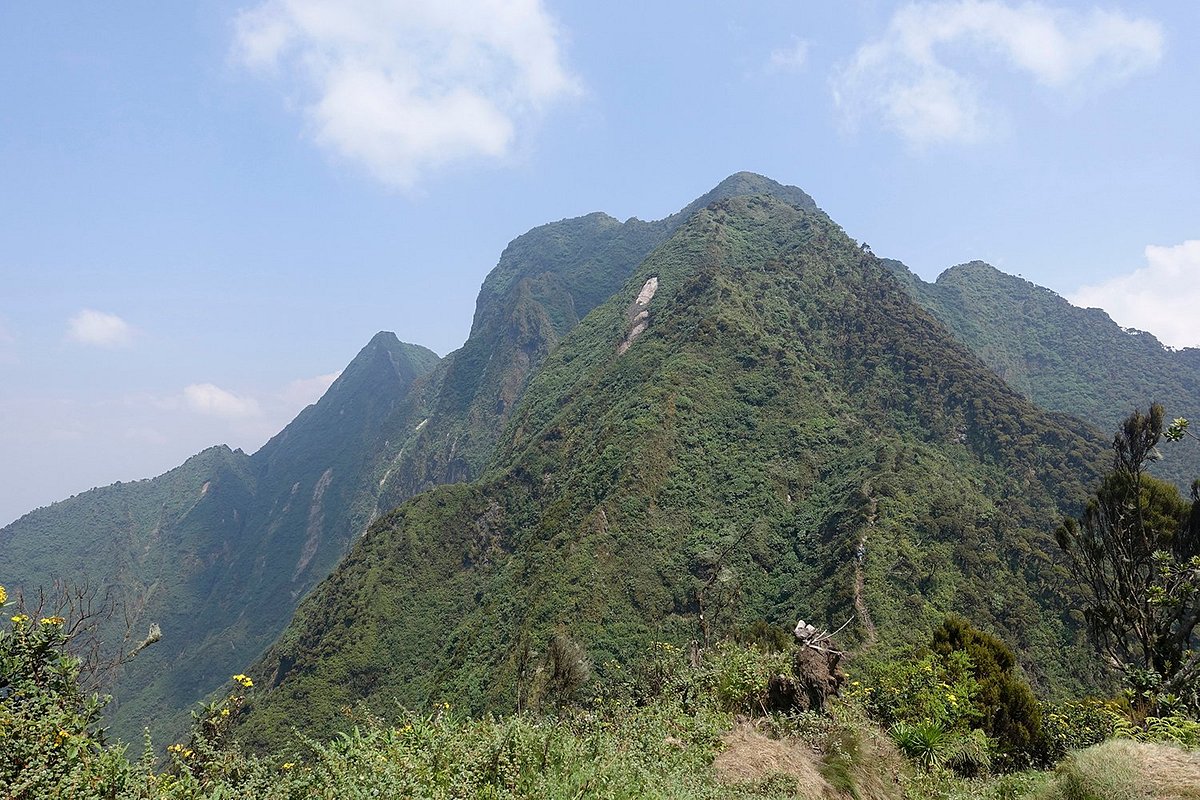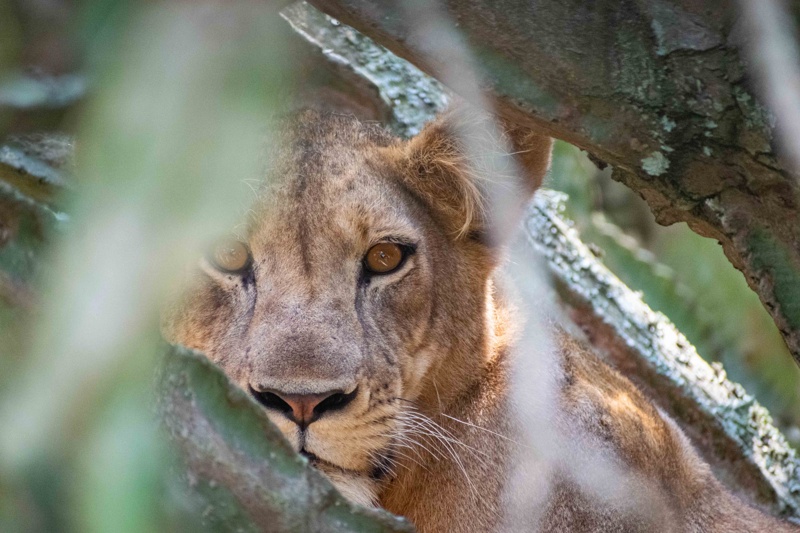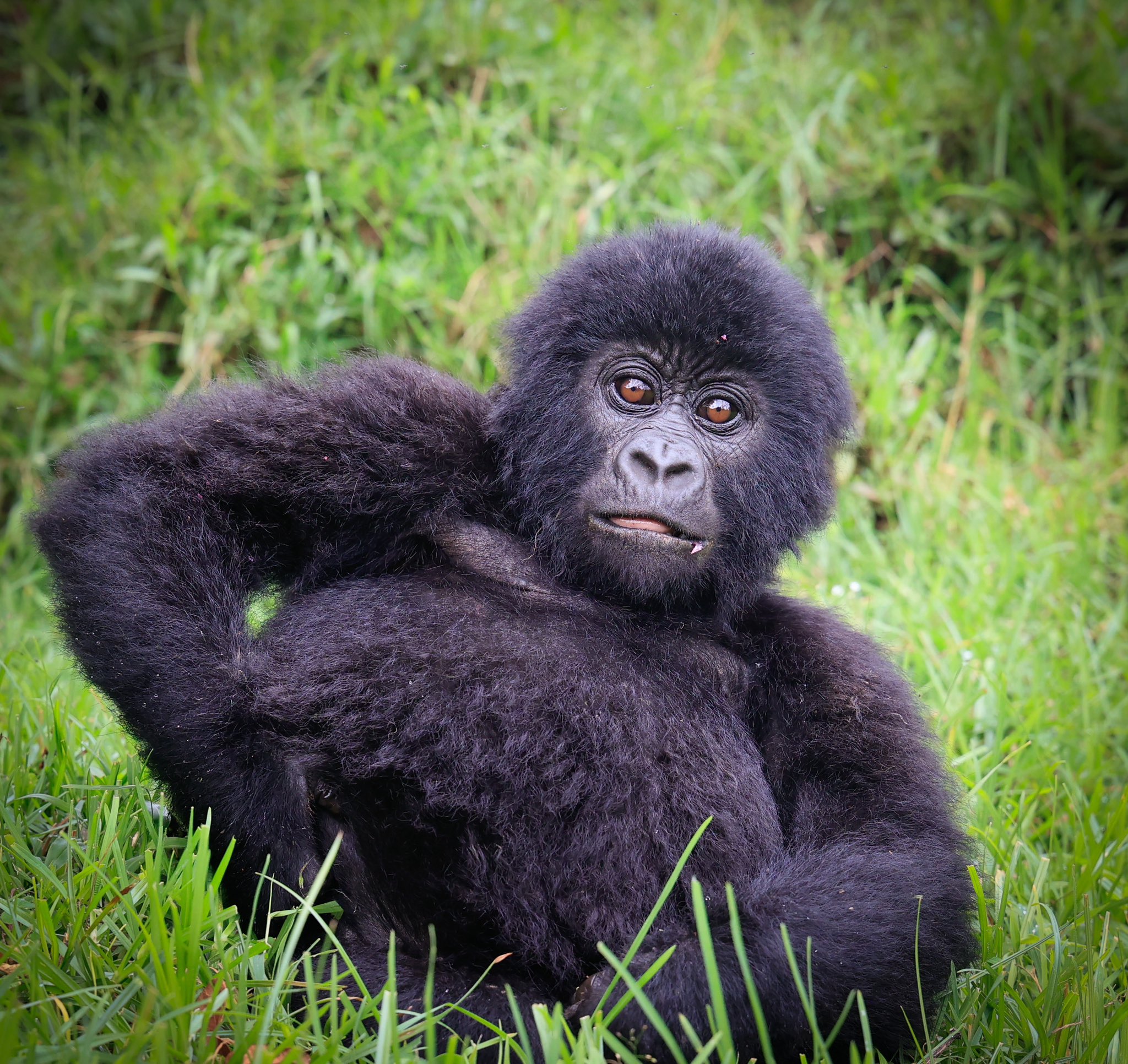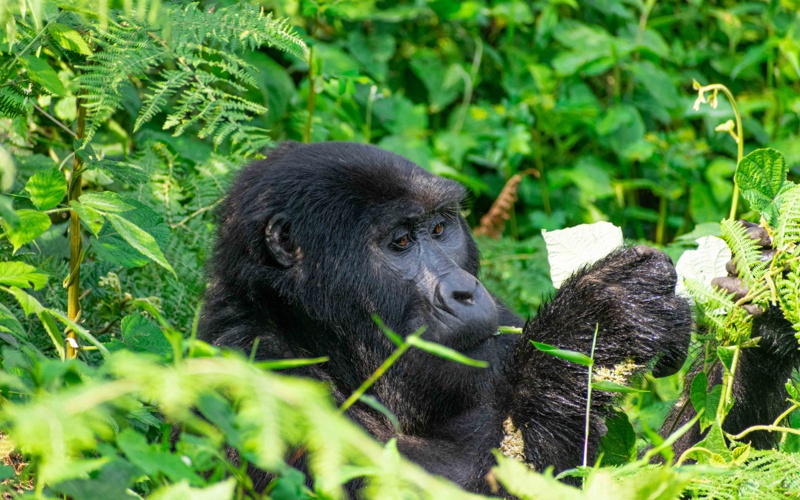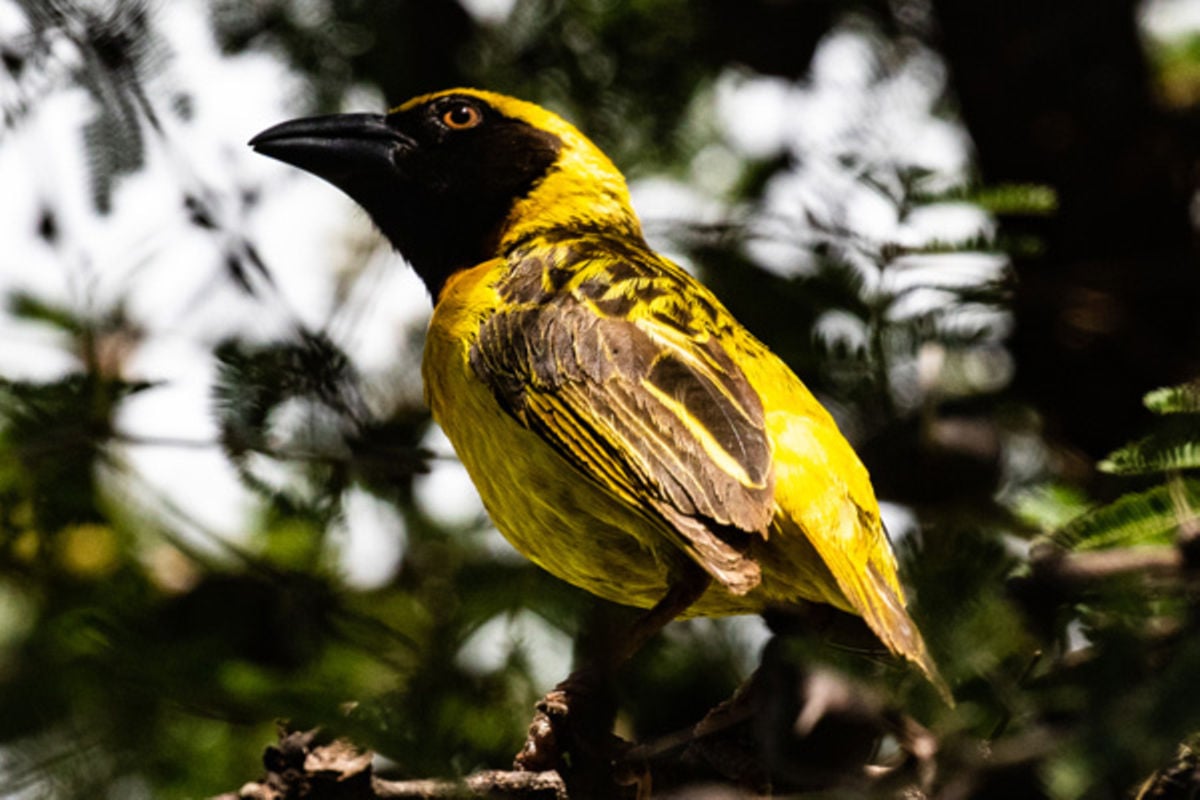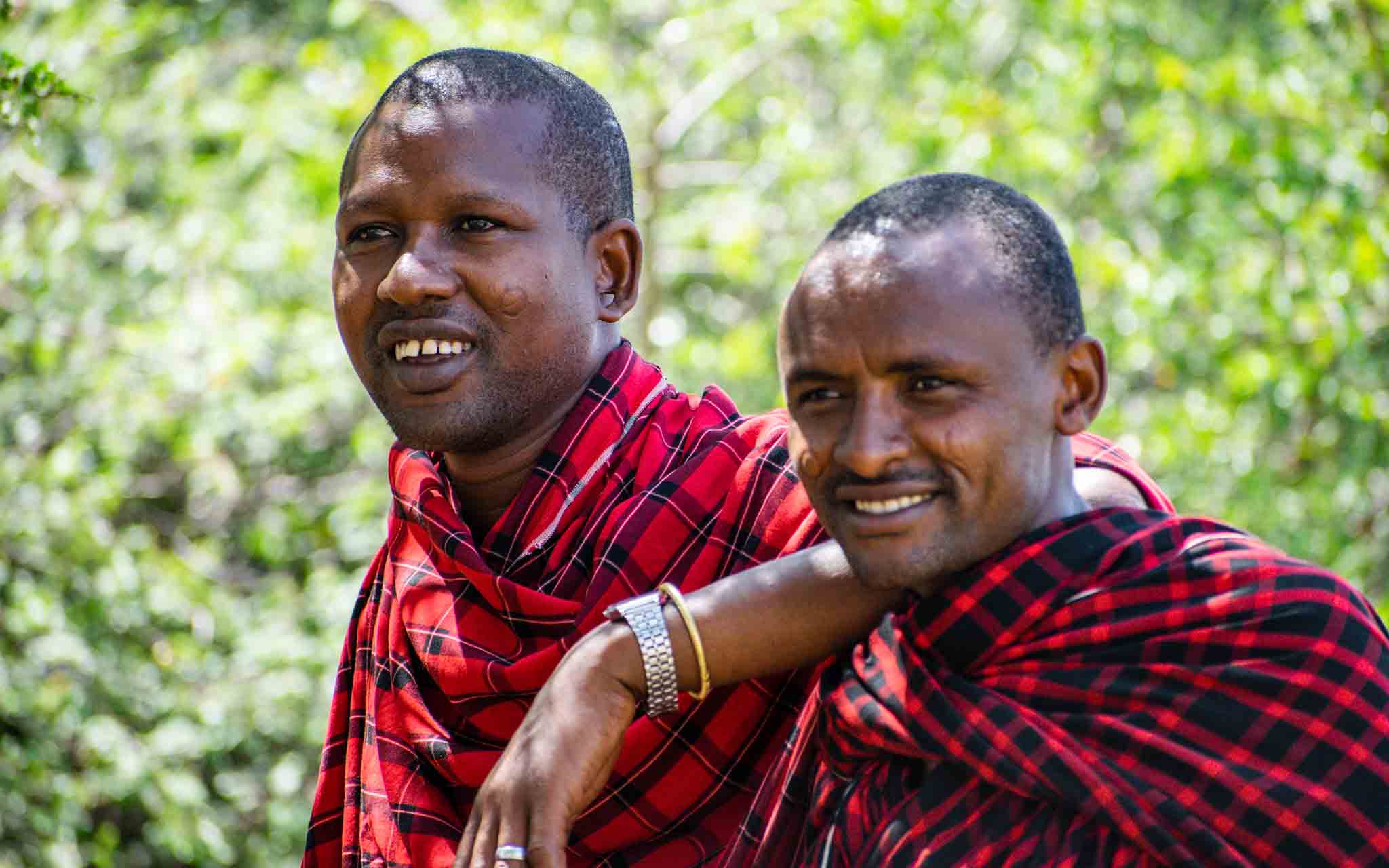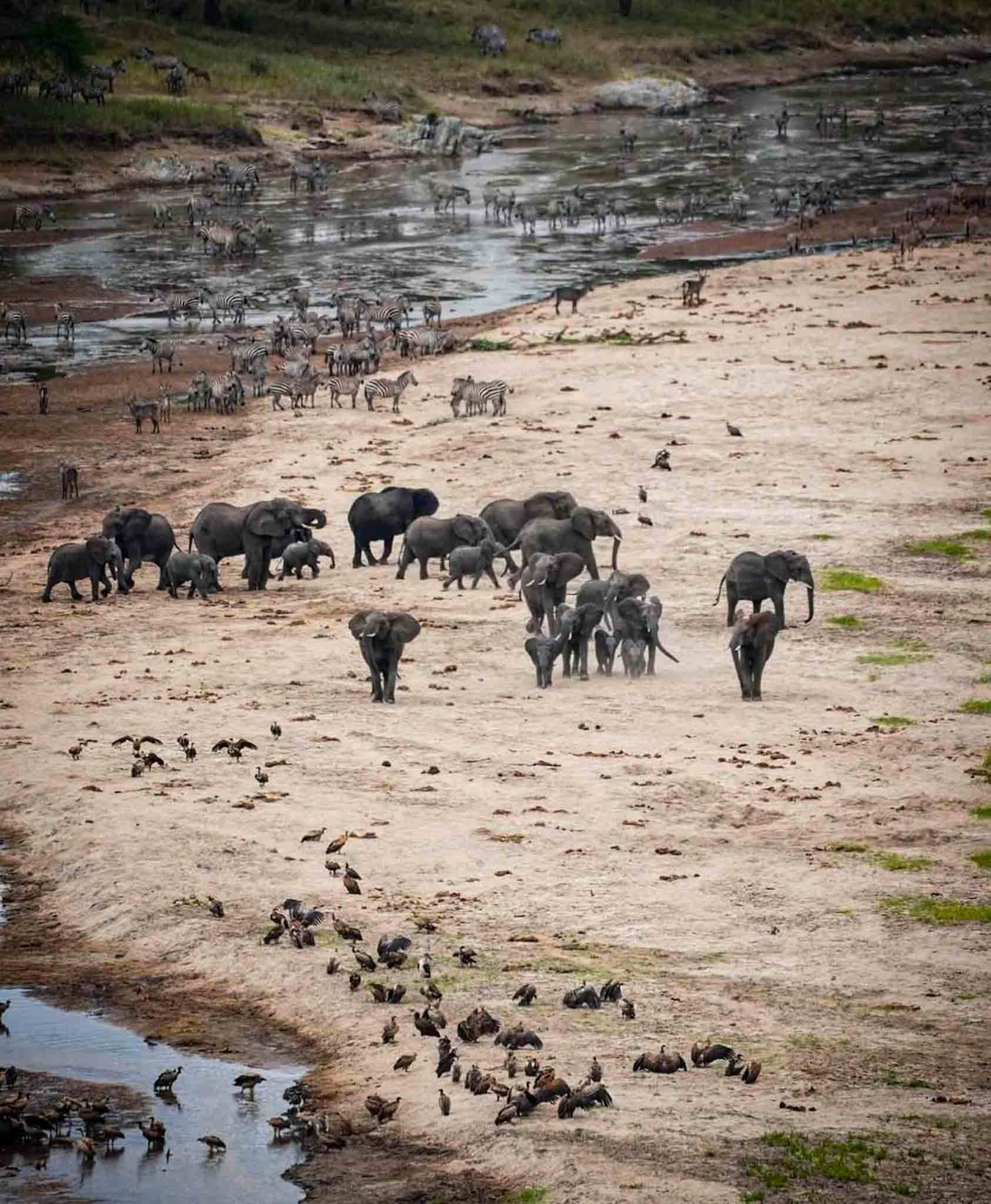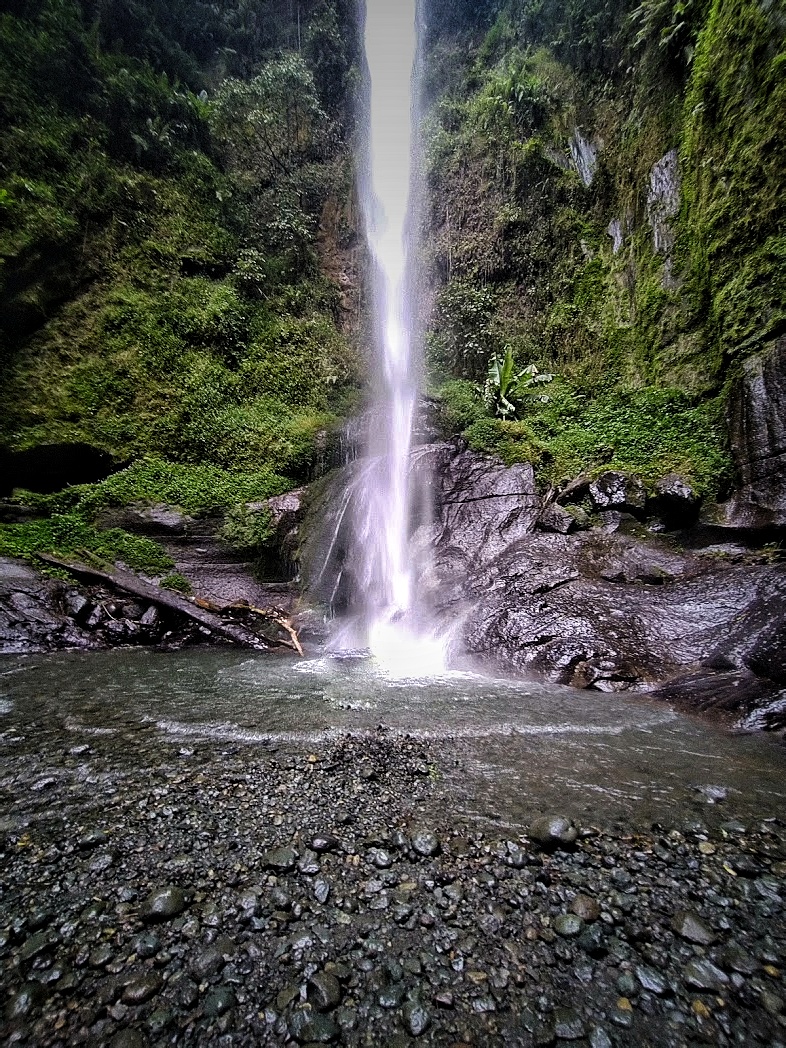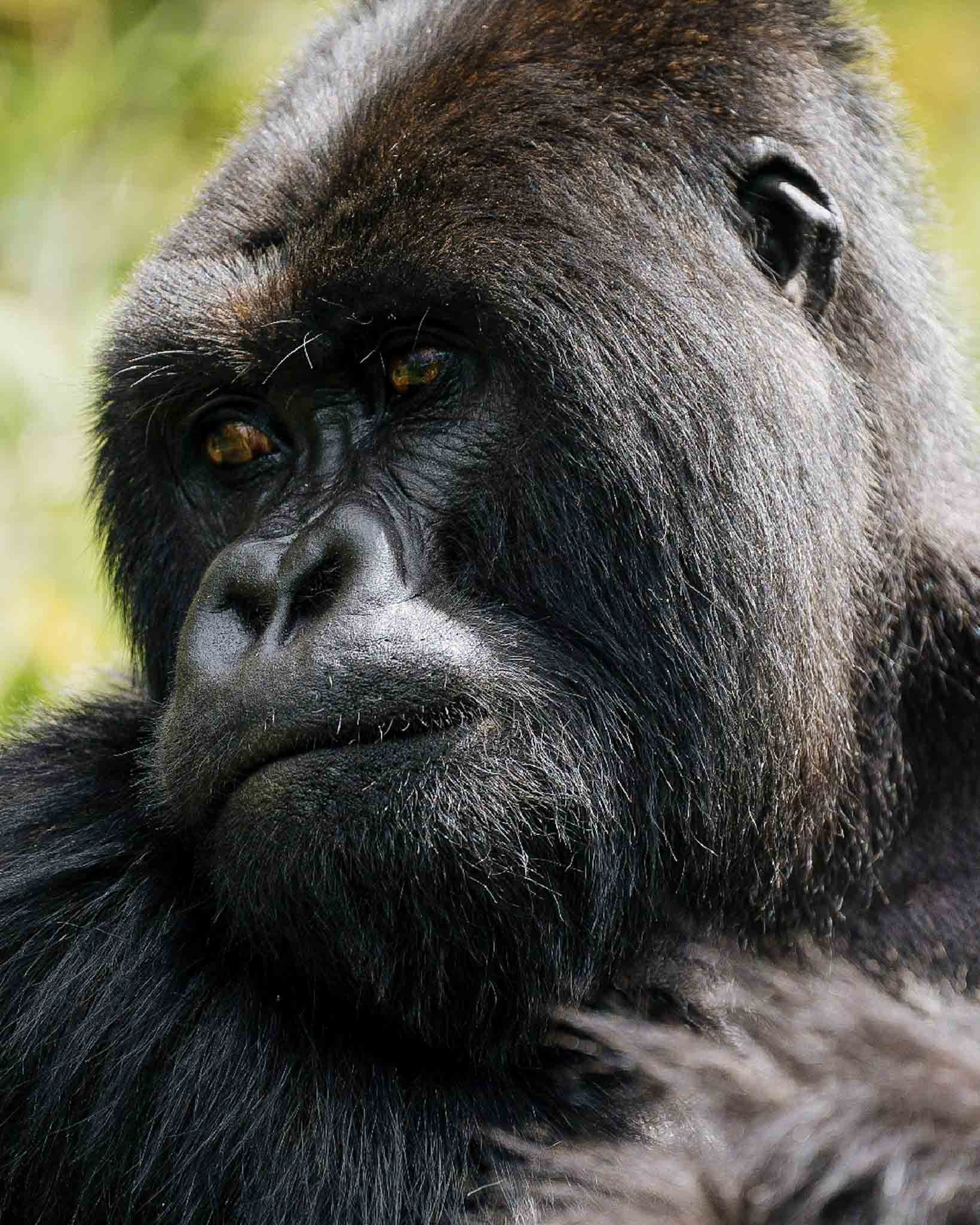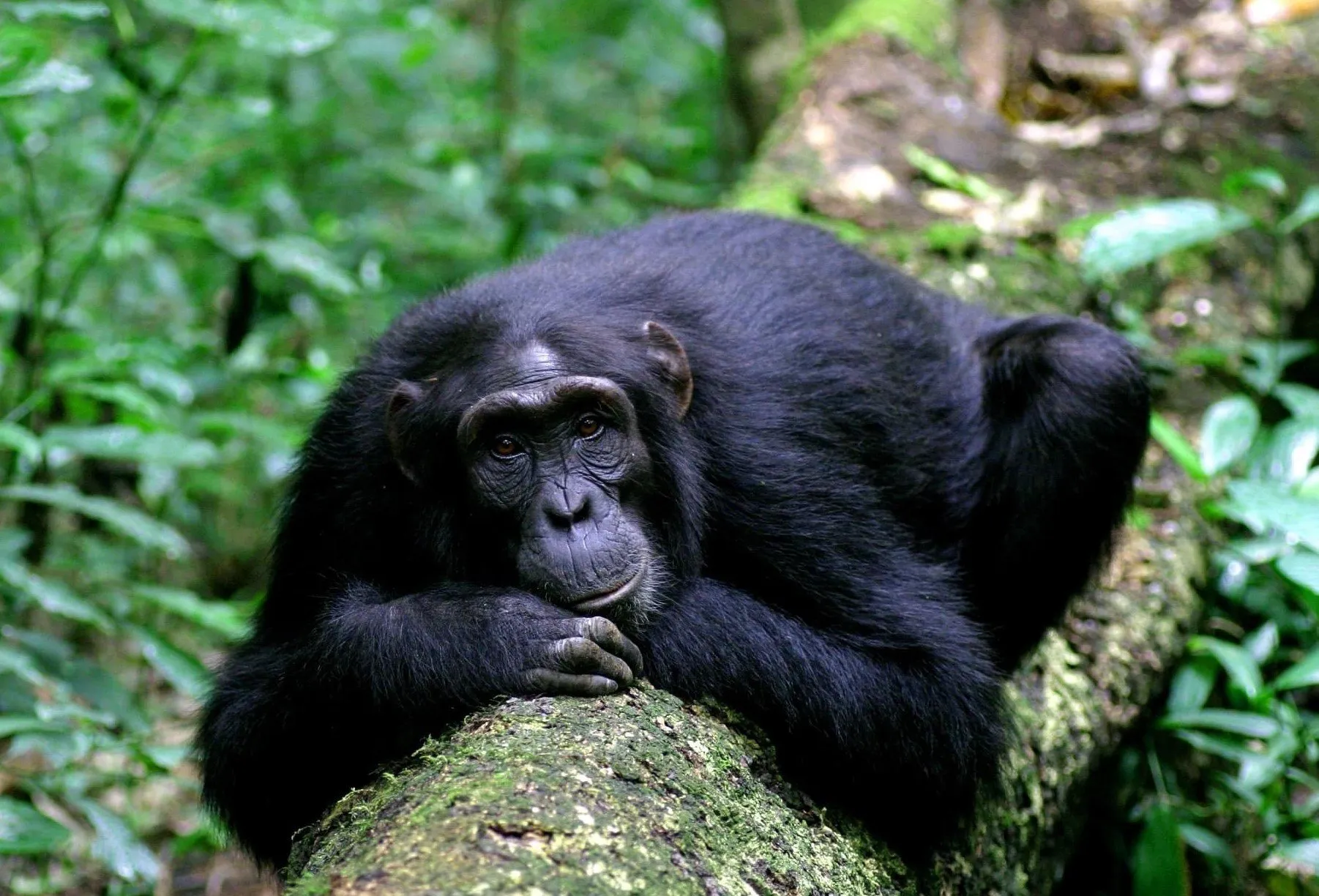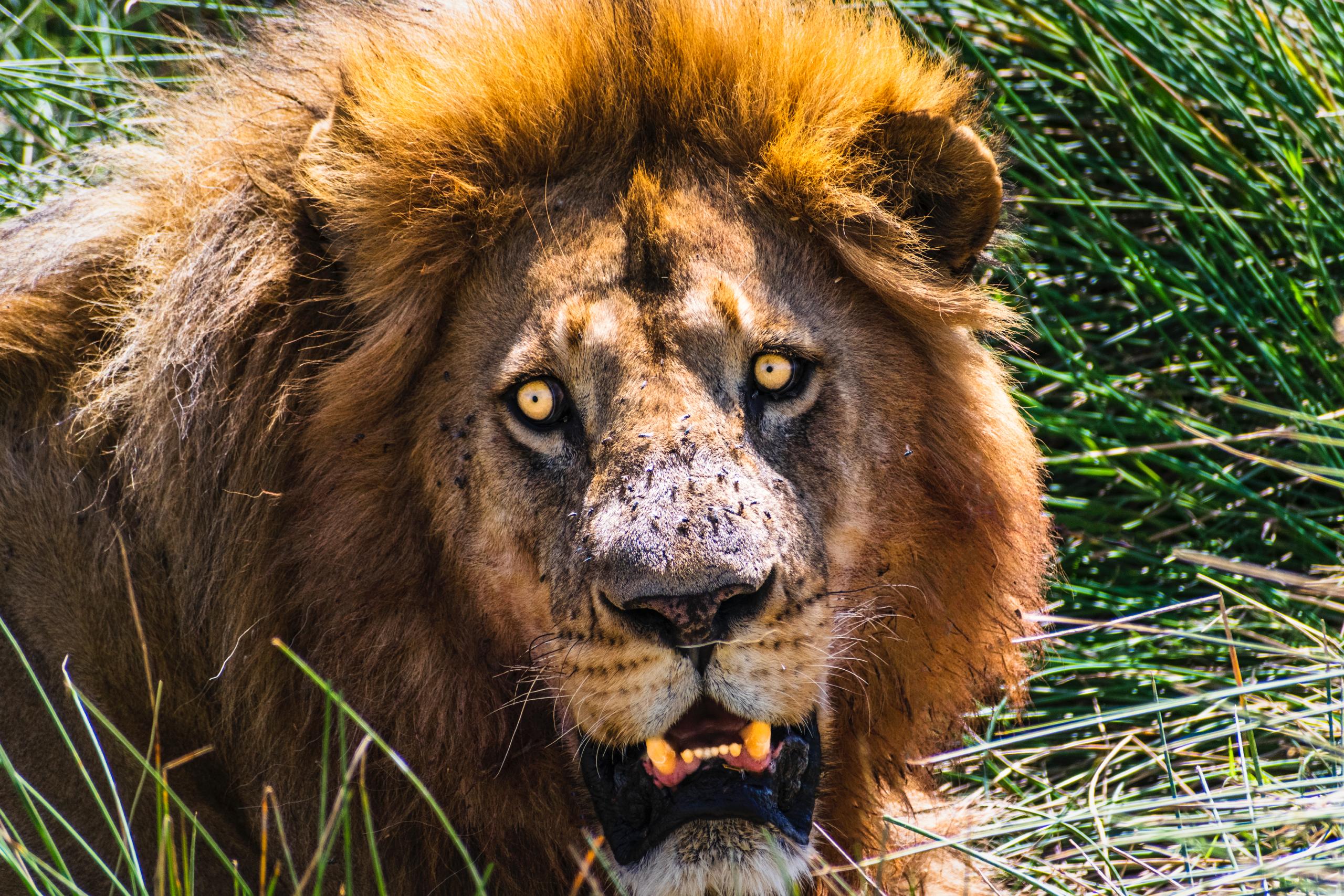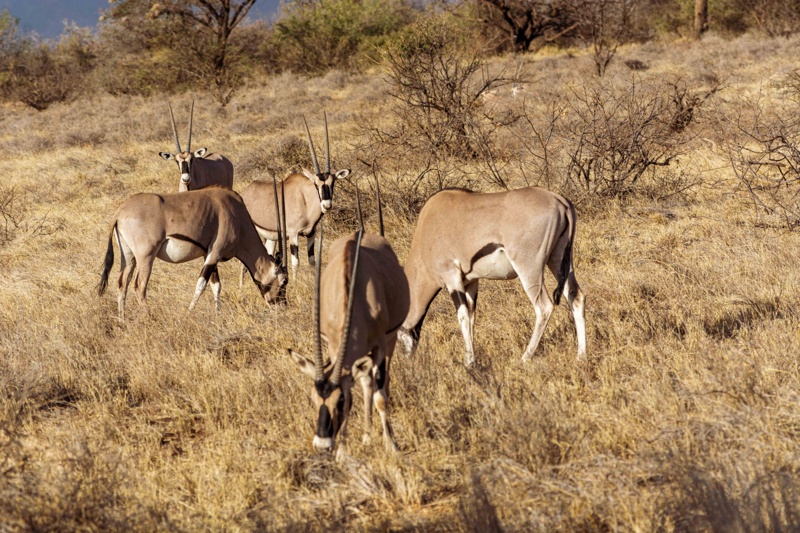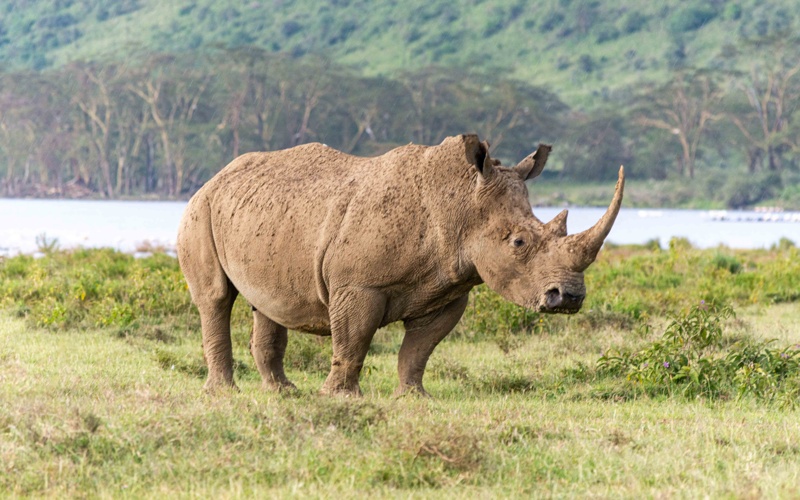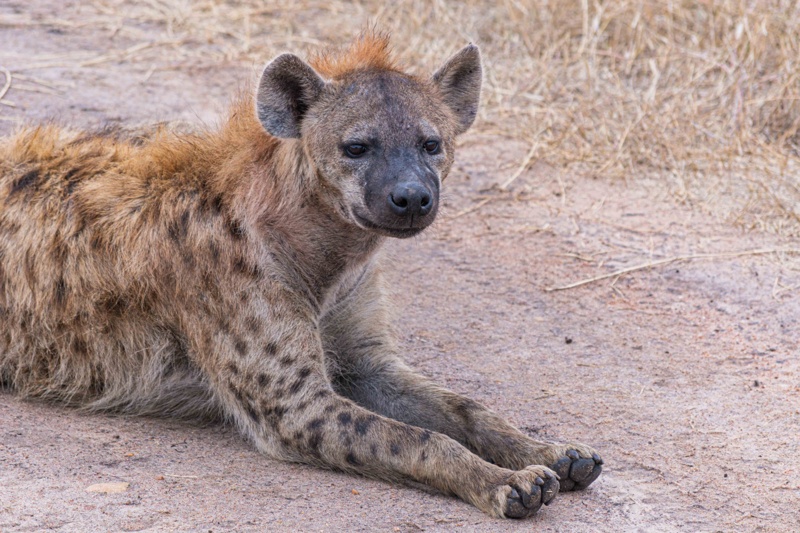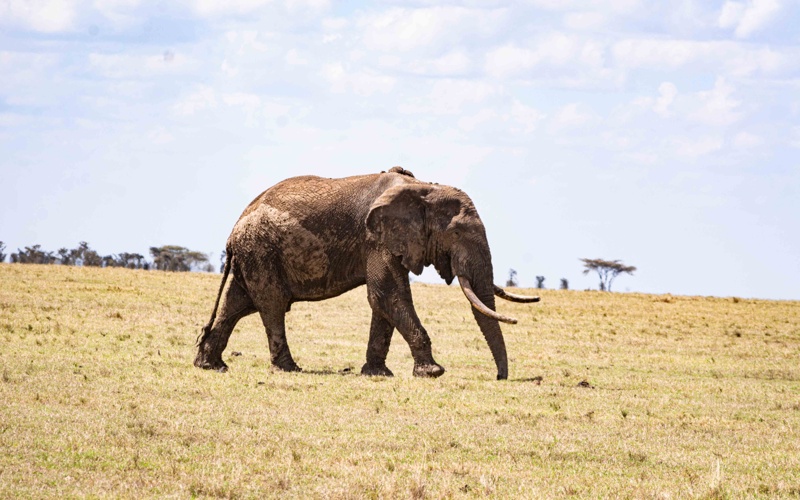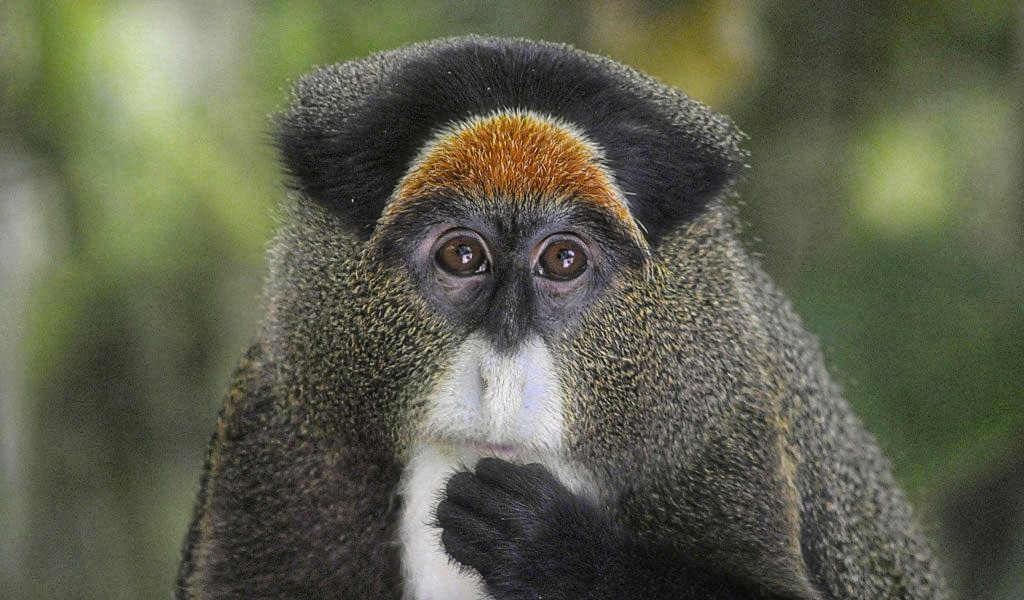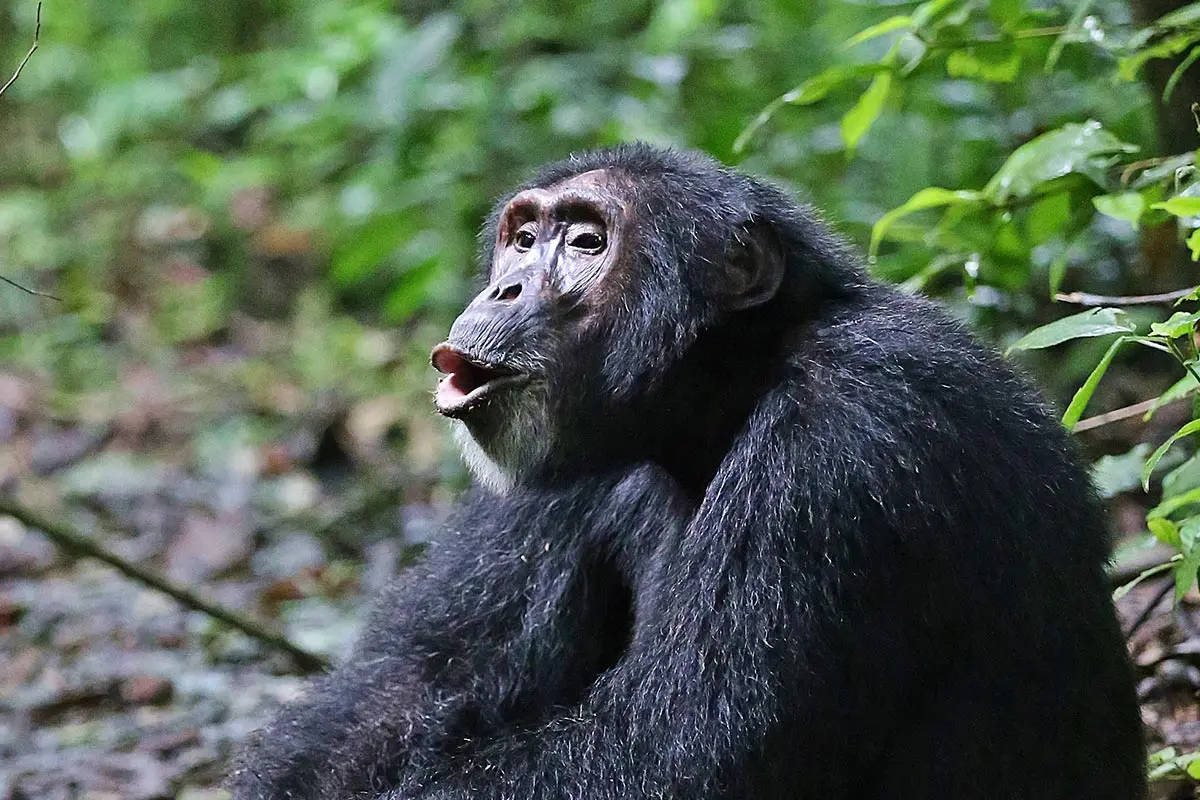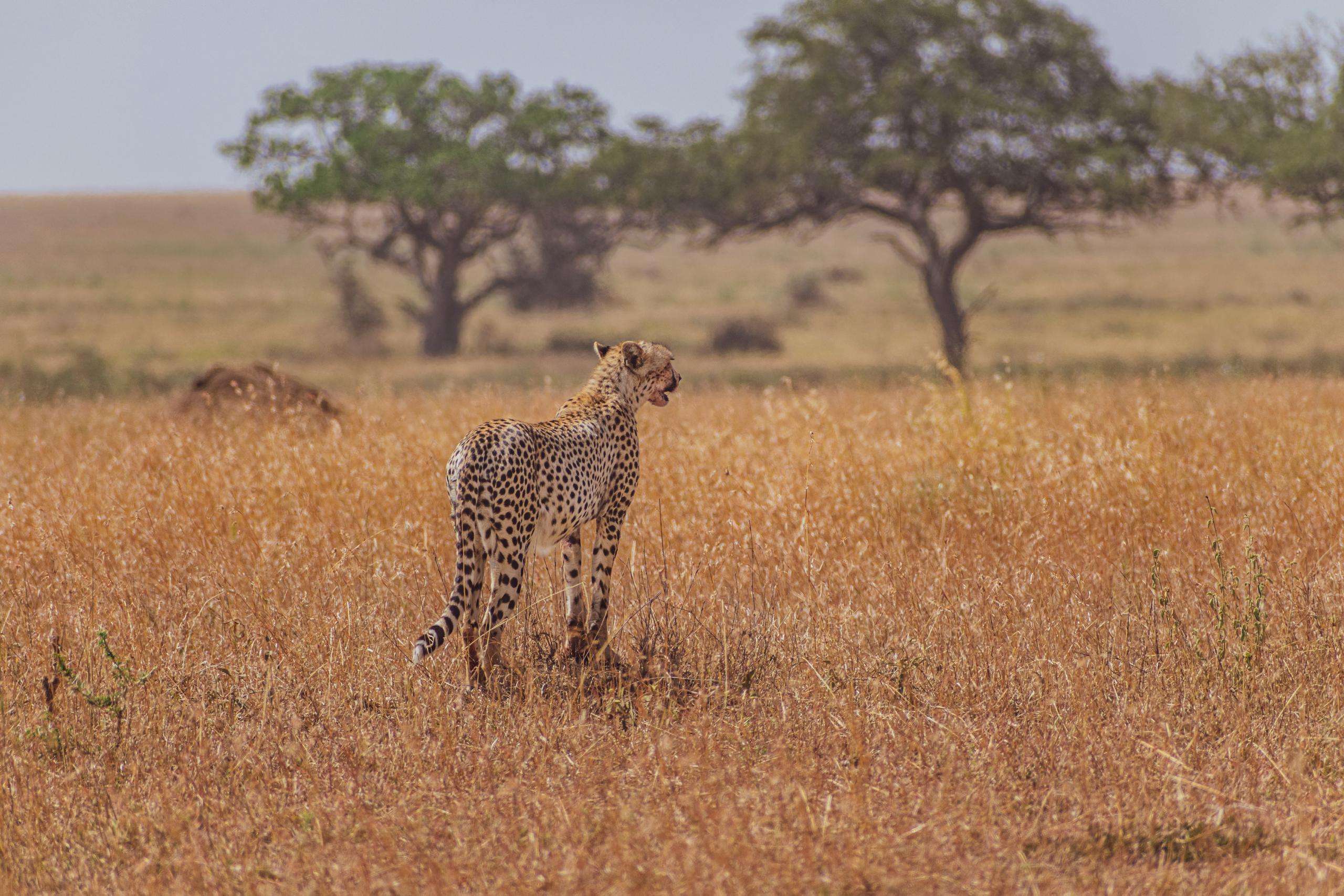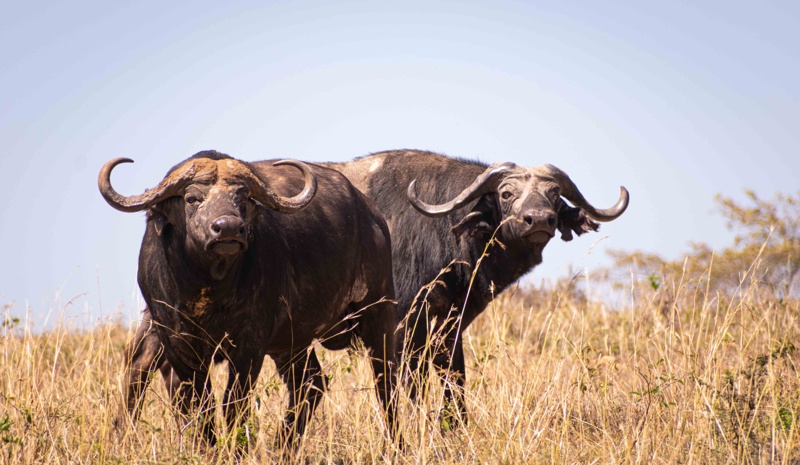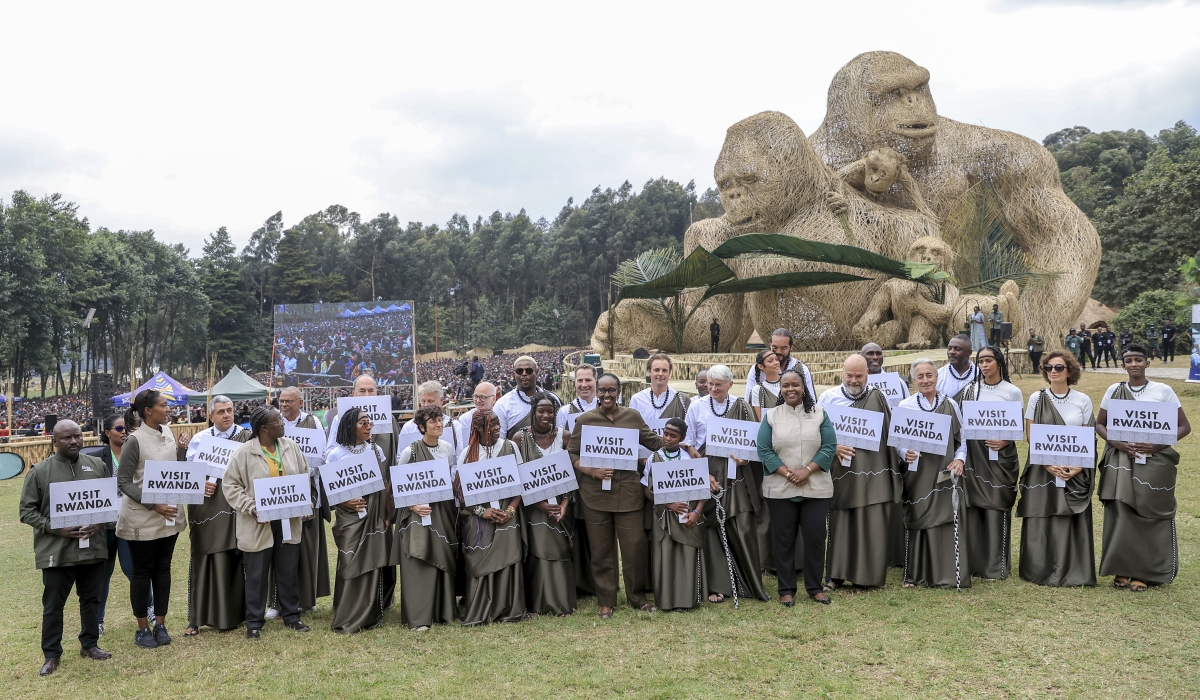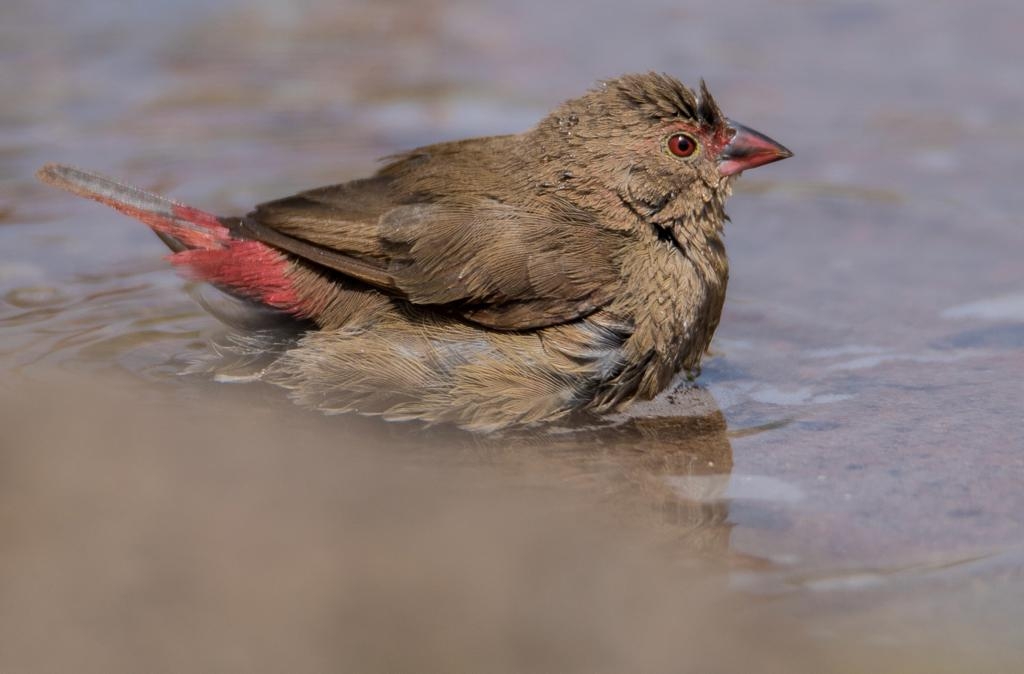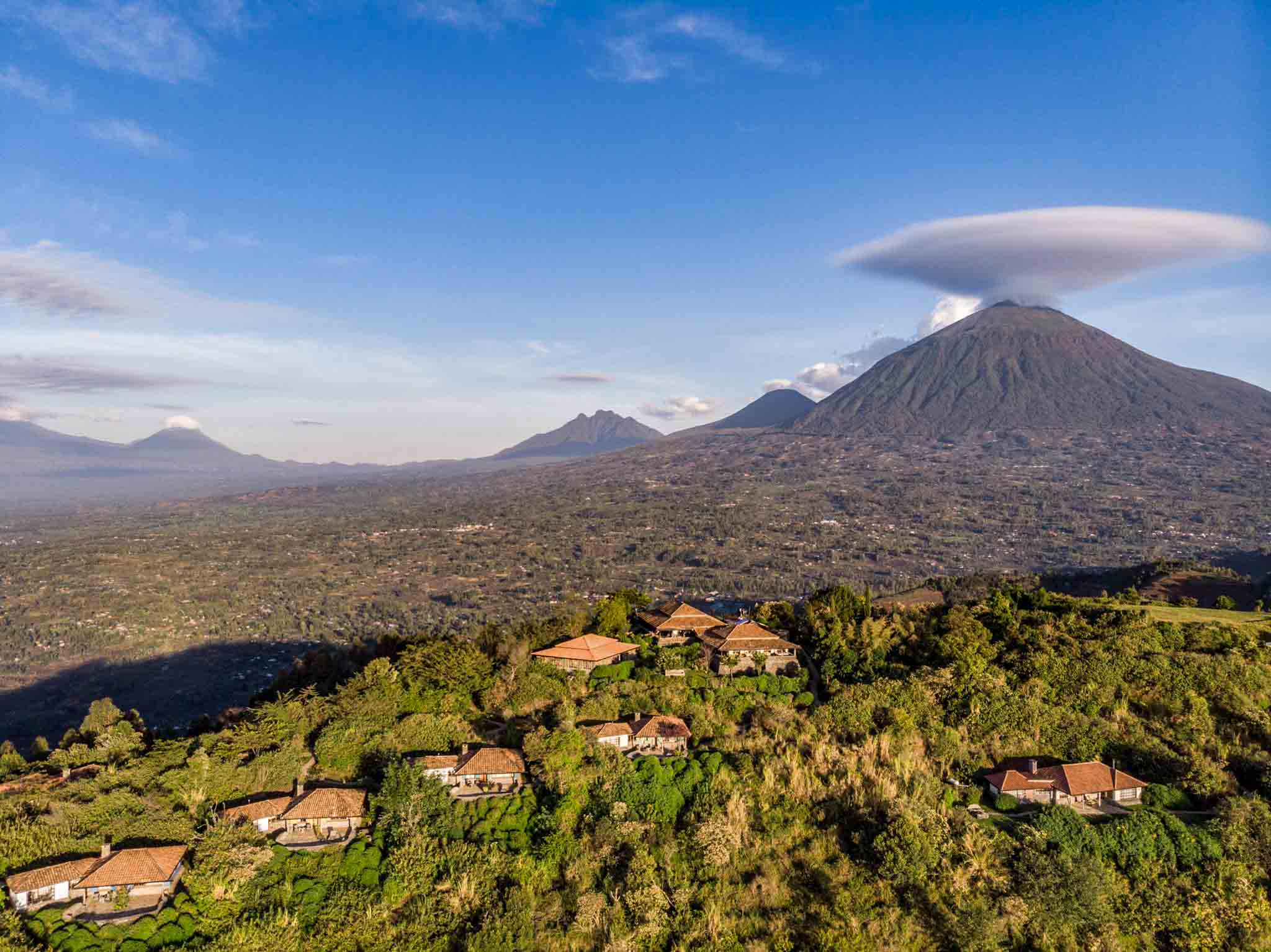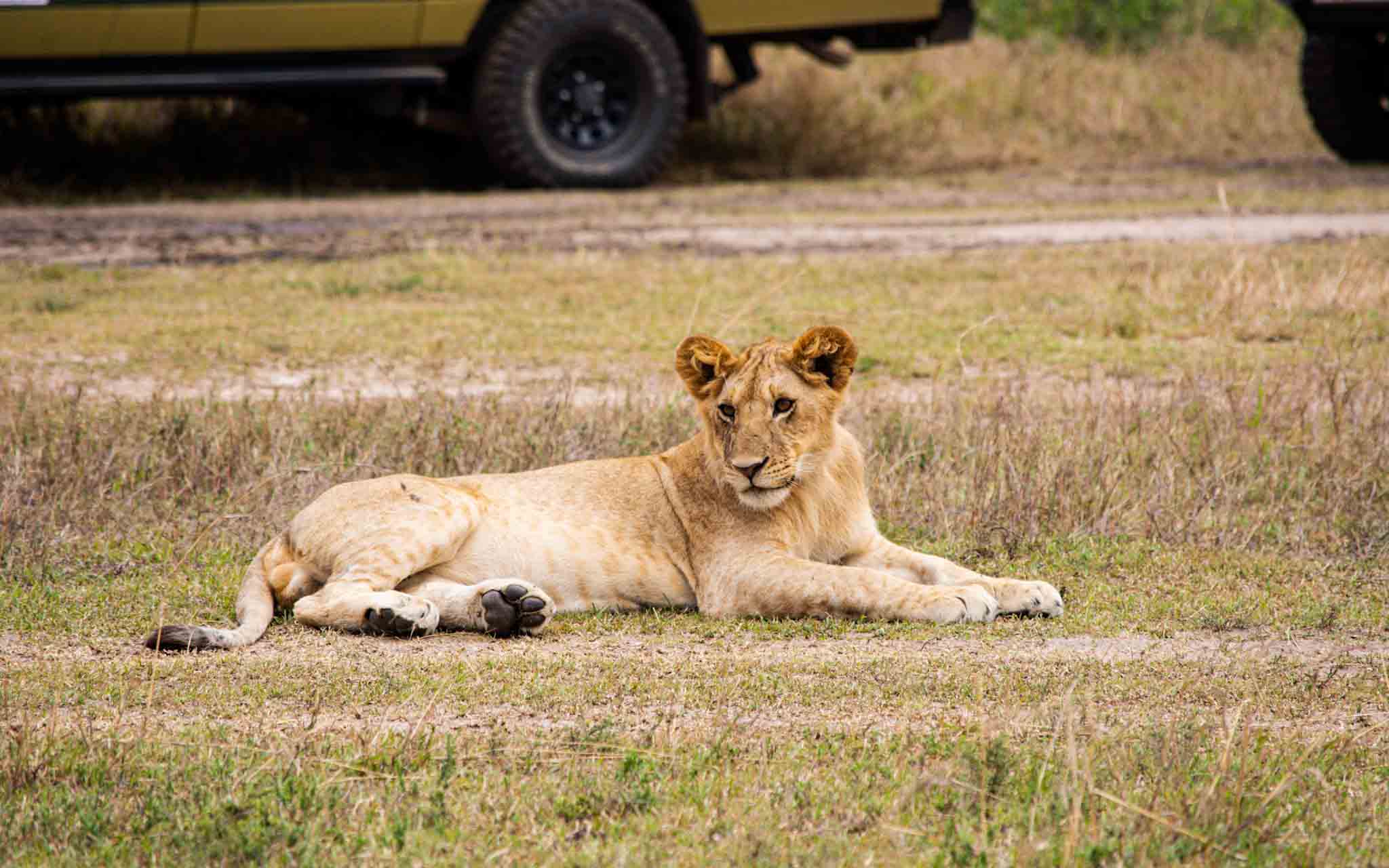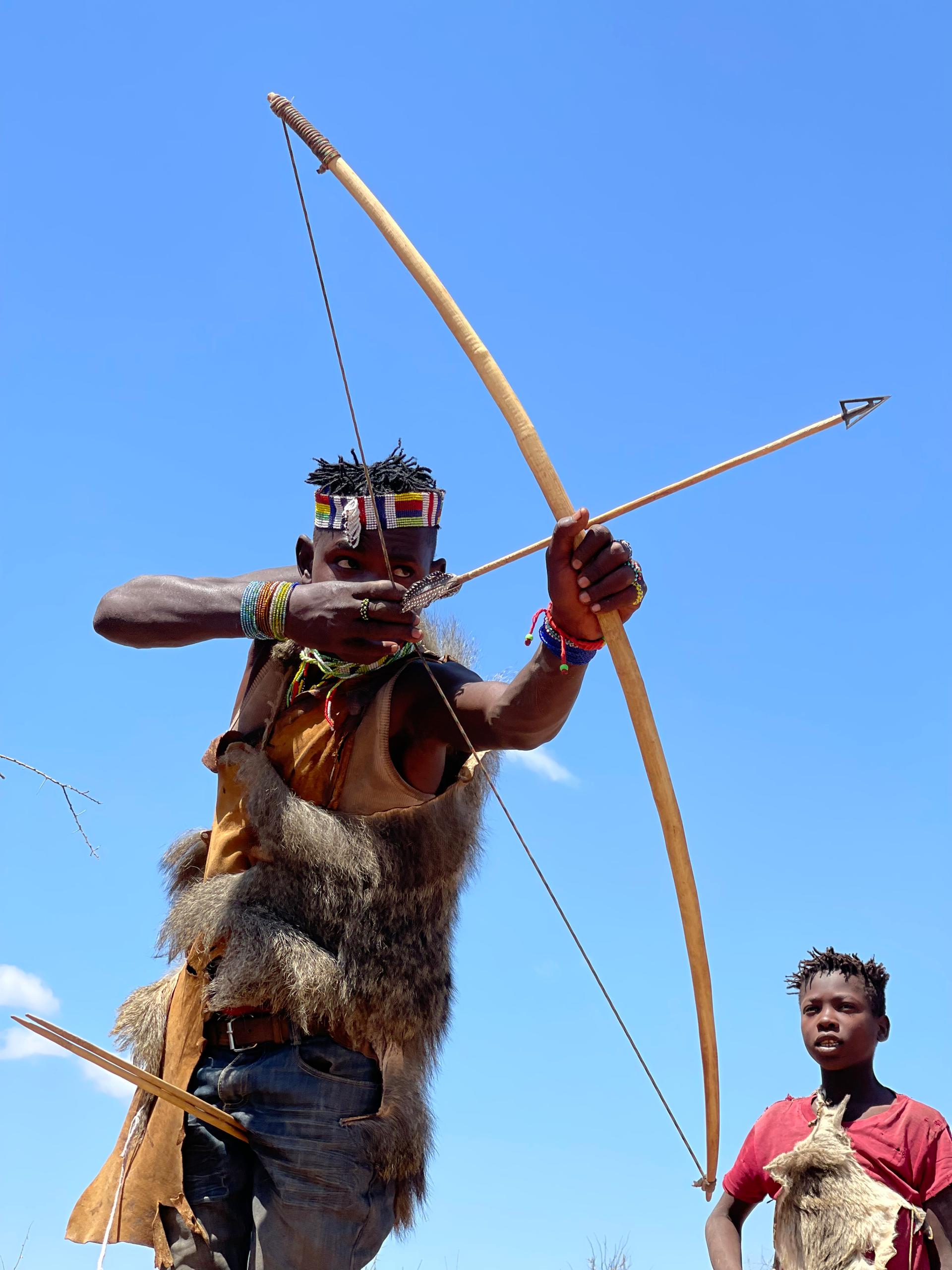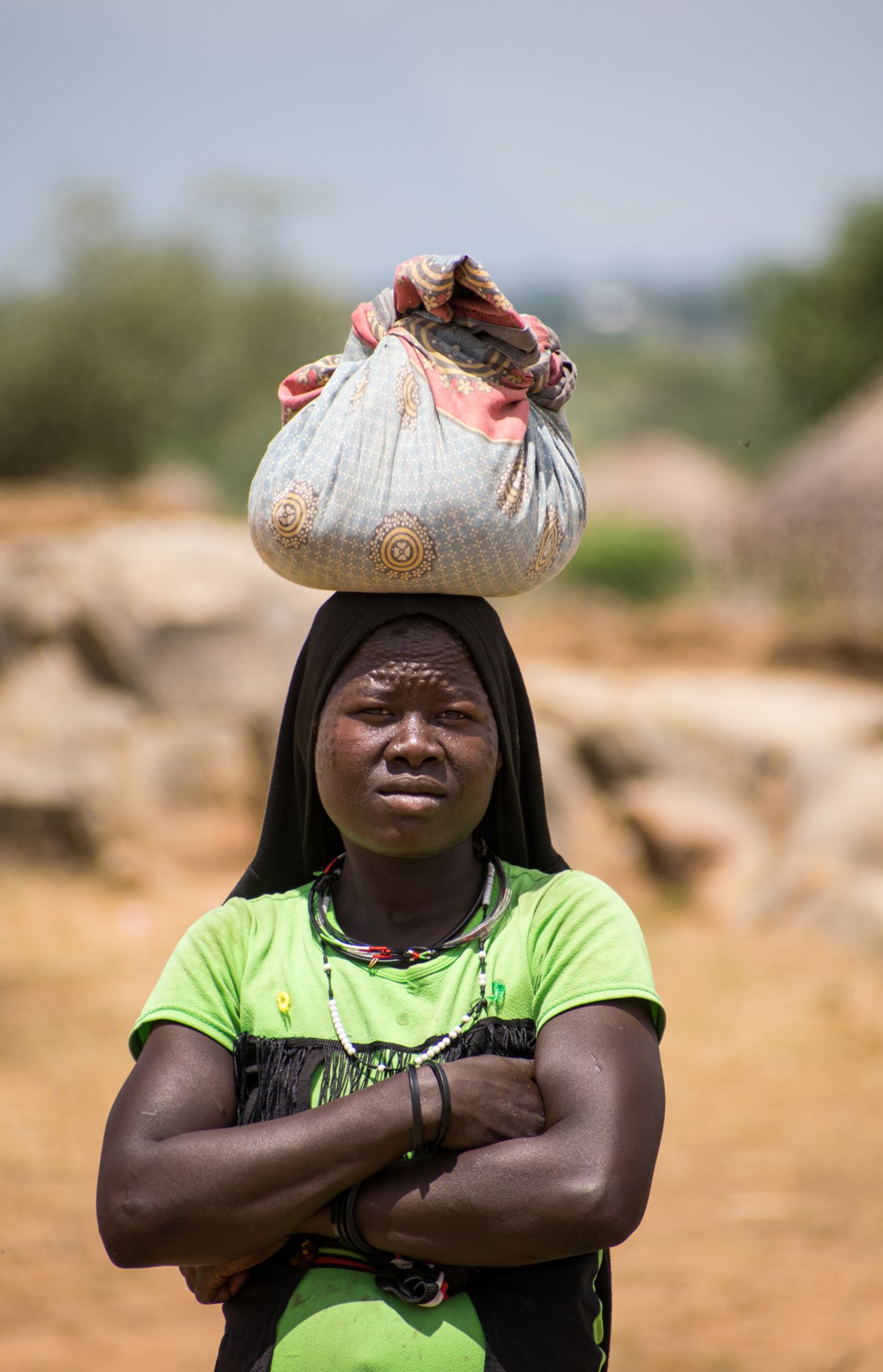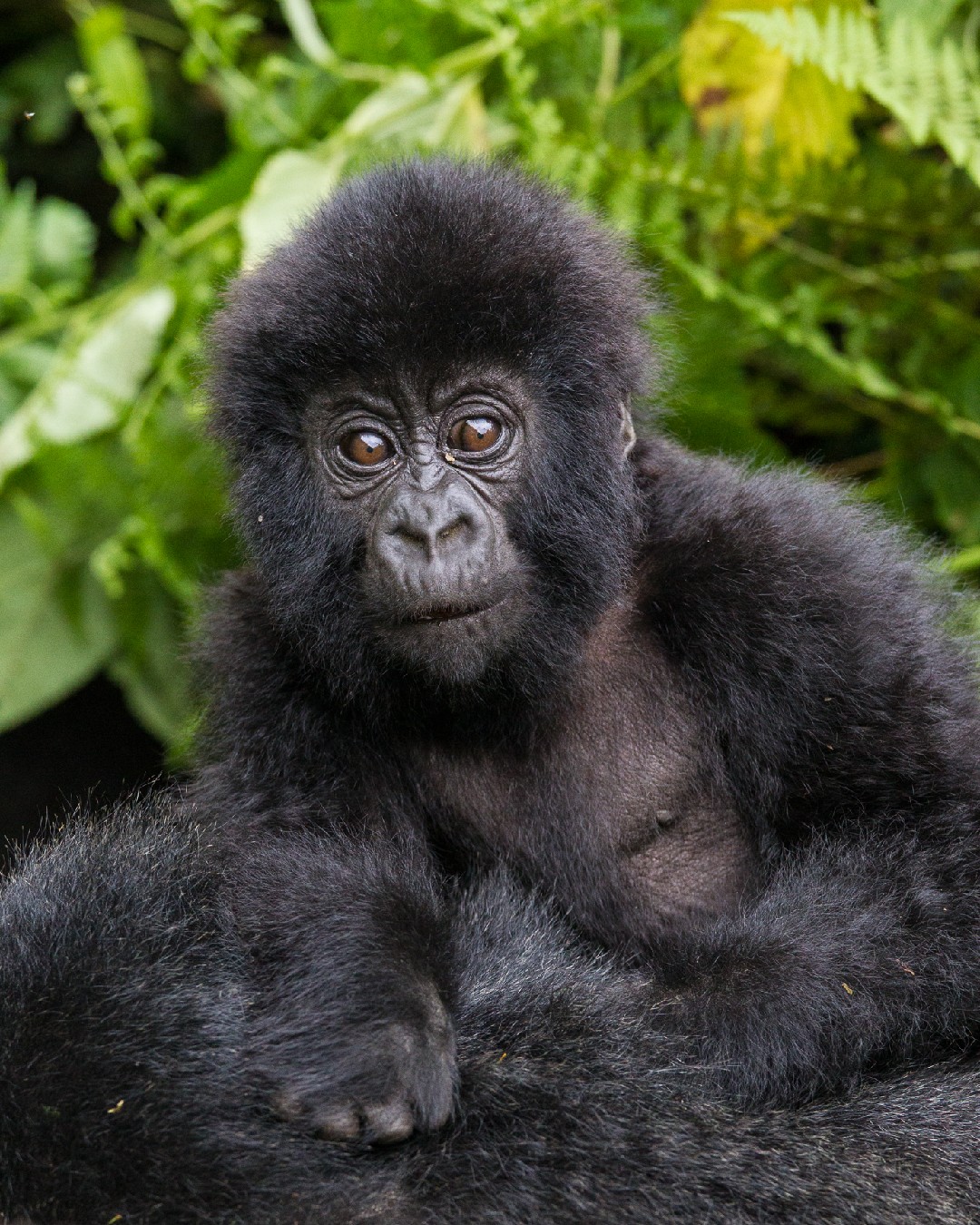The Royal mile
A dream yard for any birders and nature enthusiasts, Budongo forest is one of the natural forests with majestic mahogany and ironwood trees that have been in existence for centuries in Uganda. The forest owns an exceptionally large Mahogany tree which is more than 80 meters tall and 20 meters in circumference and is home to endangered chimpanzee species.
The forest is home to over 360 birds, birding is one of the visitor’s activities in Budongo. The forest claims both migratory and none migratory birds of East Africa making Budongo a birding paradise. Other activities like guided community walks, hiking, and camping among others make Budongo a top destination for tourists.
Pian Upe wildlife reserve
This is the second largest conservation area after Murchison falls national park, the reserve was previously declared a debasien animal sanctuary in 1958 before establishing as a wildlife reserve in 1964.
Located north of Mount Elgon eastern Uganda connected to the Bokora-matheniko game reserve land tenure government features is this beautiful reserve.
With over 242 bird species recorded pian up is a highly recommended birding destination for any birder. The wildlife reserve is home to the endangered fox’s weaver and the Karamoja Apalis only found in the far east of the country. There are also better spots of the secretary birds, Common Ostriches, the uncommon Yellow-billed Shrike, the Rock Partridges, Bruce’s Green pigeon, Straw-tailed Whydah the Peregrine falcon is the fastest bird on the planet, the Red-fronted Barbet and many others.
Despite being a great birding spot, It’s rich in wildlife and it’s among the most entertaining areas any visitor would go to while in Uganda. Leopards, cheetahs roaming the yards, mountain reedbucks, Roan antelopes, oribis, Jackson’s, Hartebeests, wildcats, servals, civets, elands, the giraffes, crested porcupines and With its thrilling numbers of carnivores and ungulates, this park is a key target for most travelers. Easy to connect while coming from sipi falls or Kidepo valley national park, and more activities like hiking and trekking, bike tours and game drives, and more so cultural tours visiting the Karimojongs and the neighborhood are conducted.
Lutembe bay
Remarkably known for being home to the 7 threatened bird species globally like the shoebill, African Skimmer, Papyrus Gonolek, Great Snipe, Madagascar Squacco heron, Papyrus Yellow Warbler, and much more.
Lutembe is Ramsar site located just northwards at the mouth of Africa’s largest inland water body, Lake Victoria. It’s well decorated by papyrus reeds and harboring about 52% of the White-winged Terns, it’s home to both residents and migrants. Birding occurs at all times of the year however, the months of September-October and February-to-march are key for the migrants. Have a great day as you enjoy both water and on land bird species such as the Knob-billed Duck, Caspian Terns, Herons, Gulls, Bee-eaters, and much more.
Semliki national park and Toro Semliki wildlife reserve
Blessed with over 441 bird species, all birders who make it to Semuliki will be astonished by some of Africa’s best forest birding. Sempaya and Ntandi provide excellent viewing of the birds the White-crested Hornbill, Red-billed Dwarf Hornbill, Piping Hornbill, and Yellow-throated Nicator. Kirumia River is another interesting birding spot and it’s great news that the shoebill stork is regularly seen at close quarters on Lake Albert and forest walks are good for tracking water birds. Toro semliki wildlife reserve is also a great visitor spot for nature walks and game drives for lengthy game viewing and reaching the community just at the margins of Rwenzori ranges
Mgahinga national park
The most birding spot is the gorge trail between Gahinga and Sabinyo that in most cases requires 3-5 hours. This area can easily provide spectacular sightings of the Dusky-turtle Dove, Cape Robin-chat, Kivu-ground Thrush, Rwenzori Batis, and many others. Other birding areas are the bamboo belt at about 2500m above sea level and the tall montane forest at 2660m. The Rwenzori Turaco is mostly sighted at around 2700m and on ground level; Doherty’s Bush-shrike Red-faced Woodland Warbler is a vocal yet inconspicuous inhabitant of the tangled vegetation at the forest edge.
Lake Mburo national park
The best birding spots in Lake Mburo national park are the swampy valleys of Warukiri; the road between the camp of Rwonyo Jetty and the viewing platform which overlooks the salt lick. Species found at these locations include, Rufous-bellied Heron, Bateleur, Coqui Francolin, Grey Crowned Crane, Common Scimitarbill, White-winged Warbler, Red-faced Barbet Long-tailed Cisticola, and lake Mburo being the only place to spot African Finfoot, having a special arrangement for keen birders they can walk to Rubanga forest, the birding tours can be enjoyed in the safari vehicle, by boat, nature walks and even while cycling
Kidepo valley national park
Bordering South Sudan and Kenya Kidepo valley national park is a tremendous Birding Safaris Area that would recommend in Uganda with close to 475 bird species making it the second only in Uganda to Queen Elizabeth national park. Key specials are the Karamoja Apalis and the Fox’s Weaver in the park’s game reserves, not forgetting other large numbers as you move around. it’s a point to note that of the 56 birds of prey recorded, 14 are found in Kidepo Park, Verreaux’s Eagle, and pygmy Falcon which are known endemic to the Karamoja region. There has however been no comprehensive survey of the birds In Kidepo and visitors stand a good chance of adding to the current list. Birding can be done around Apoka rest camp, Narus, and Namamukweny valleys, and having a chance to spot the Clapperton’s Francolin only found in the park, like any other activity in the park birding is most rewarding during early and late hours of the day.
Kibale forest national park
Lush tropical rainforest with fascinating diversity, a great birding spot harboring a large concentration of 13 primate species. Over 375 bird species are recorded in Kibale National Park with one of Uganda’s most sought-after birds, the olive long-tailed cuckoo, African and Green-breasted pitta, Nahan’s Francolin, Black Bee-eater, White thighed hornbill, and many others. Birding in Kibale national park happens all year round, and like all other park activities, all tourists shall be accompanied by one of the expert guides, its easily accessed from the main capital Kampala, by road or by air and between areas like Queen Elizabeth national park and semliki national park.
Bwindi impenetrable National park
A world heritage site, massively known for harboring the endangered mountain gorillas but also rich in green nature that attracts researchers from different corners. With at least 23 of the 24 Albertine rift endemics and over 351 bird species, Bwindi Impenetrable National Park is a favorite spot for birders, with its sheer diversity. Birding trips are led by one of the expert guides along the trails through this ancient forest. Tourists may be lucky to spot some of the park’s other wildlife and this is what makes Bwindi and Uganda’s birding safaris even more interesting.

